Nominated-Day or Next-Day
Nominated-Day or Next-Day

Are you in need of some sunshine and inspiration in the kitchen, let’s look through the many yellow foods that have a yellow hue, such as bananas, corn, lemons, squash, and bell peppers.
Look no further than our latest post in our food color series, which explores the vibrant yellow hue found in vegetables, fruits, and other condiments.
These yellow foods not only shine as bright as the sun but also offer a plethora of health benefits that will leave you with a summer glow all year round, which you will find in a variety of our fruit hampers and other gift hampers.
We will be adding more yellow foods as we come across them – if you know of any not mentioned, be sure to leave a comment!
Even better, if you have a picture and want it featured, we always link back to the source.
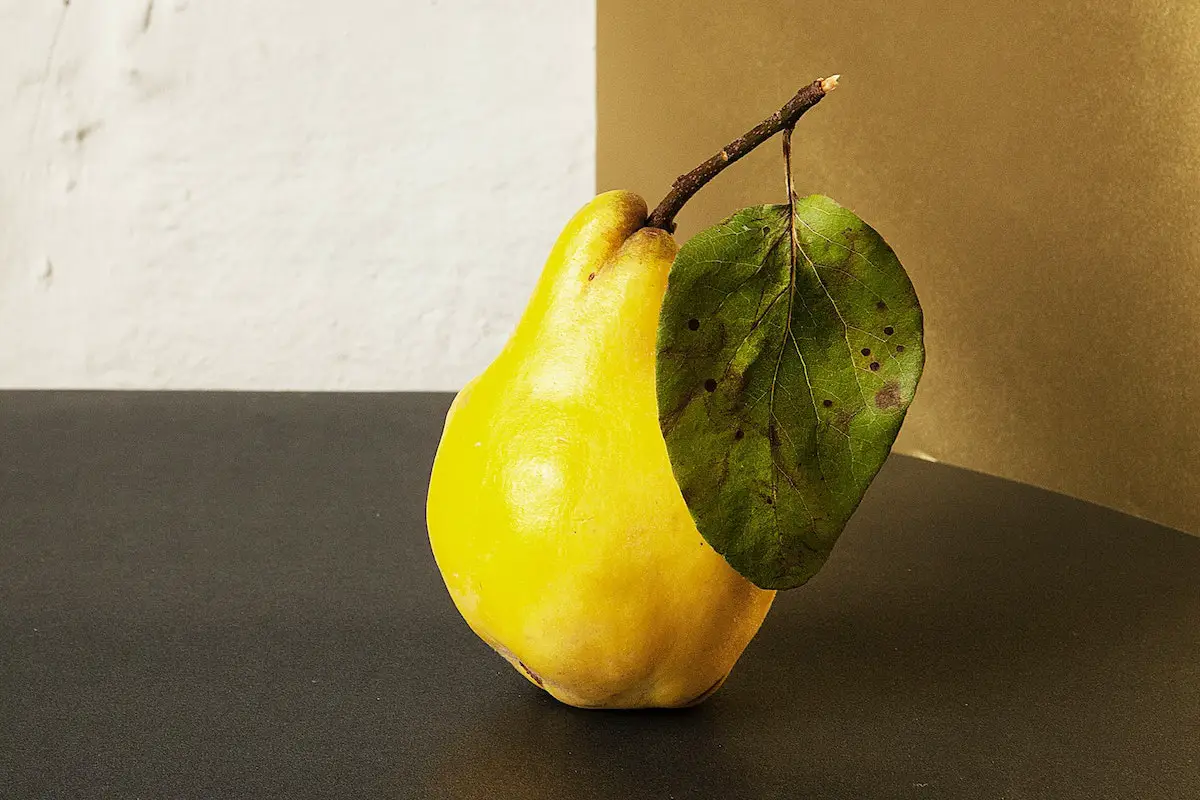
Asian pear is also known as Japanese pear, Korean pear, Taiwan pear, and more, is a type of apple fruit that has an aromatic and sweet-tart taste. These uniformly yellowish-tan fruits are part of the Rosaceae or rose family.
This kind of pear is a good food source of vitamin C and antioxidants. This aids in boosting your immune system. It also offers collagen, which is essential to maintain healthy skin.
They have a substantial amount of fiber to keep your digestive system healthy and are a great supply of Vitamin K.
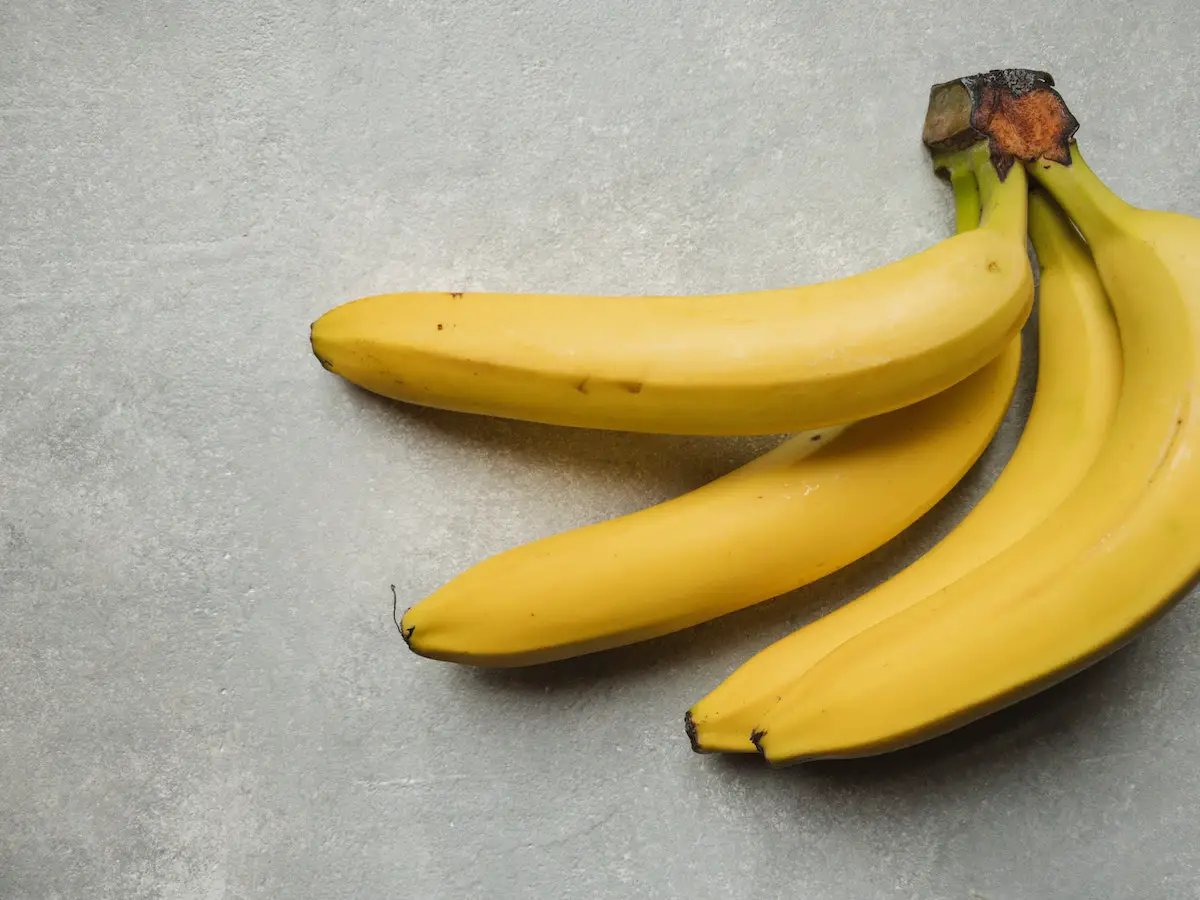
Forget about the expression “an apple a day” Bananas are the fruit that doctors ordered to ensure your body is in good health. The family favorite is a curvy yellow berry of the tropical flowering plant in the Musaceae family that can supply your body with a daily dose of minerals and vitamins.
With antioxidants, potassium, as well as pectin fruit, also contain a healthy amount of magnesium as well as vitamin C and B6. There’s a reason to be awed by bananas, as they can help maintain your heart health and prevent hypertension.
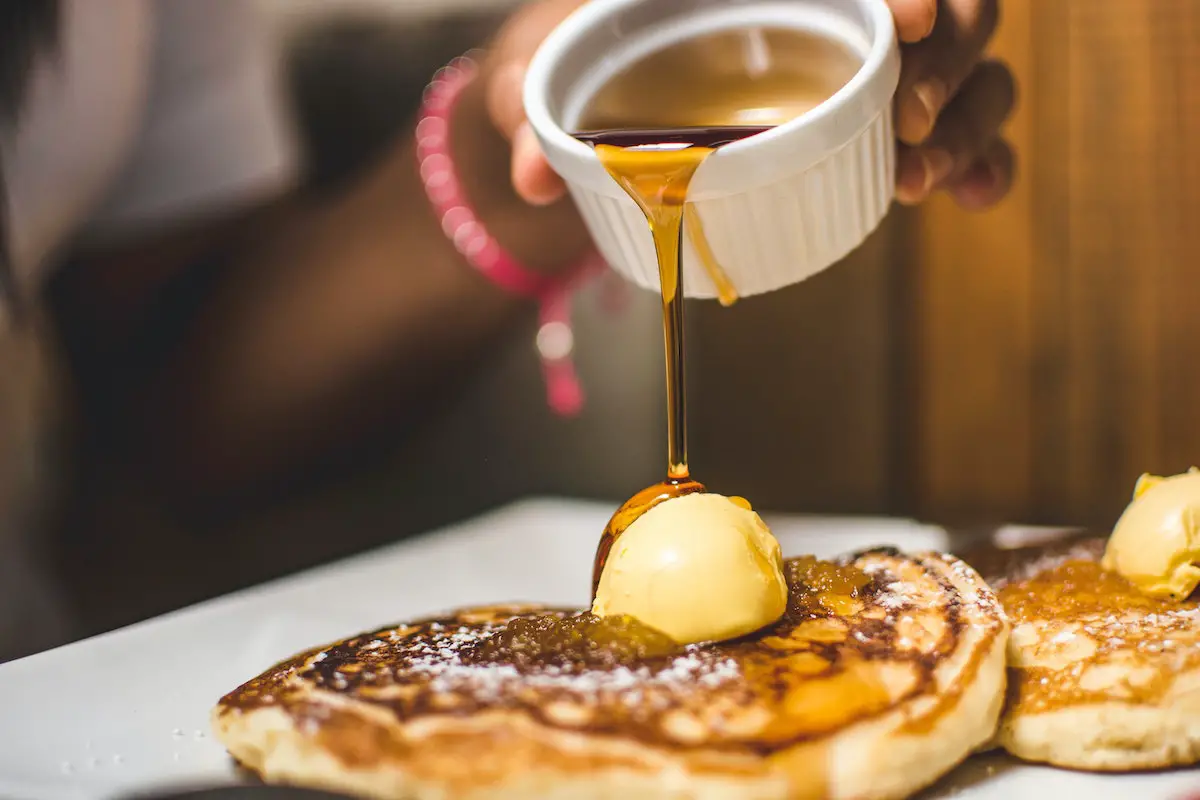
Butter is one of your favorite companions if are a baker, and this nutritious dairy ingredient can give any food that delicious taste. butter is made up of proteins and fats that are part of cream or milk. Its hue varies from light bright yellow and finally white because of annatto or carotene.
Butter contains around 80% fat, and that’s why it butter has been criticized for being linked to the increased risk of weight gain and heart diseases, though there are some studies that contradict this assertion. When consumed in moderation, it is a great supply of Vitamin A. It is also rich in nutrients D, E, B12 and K2.
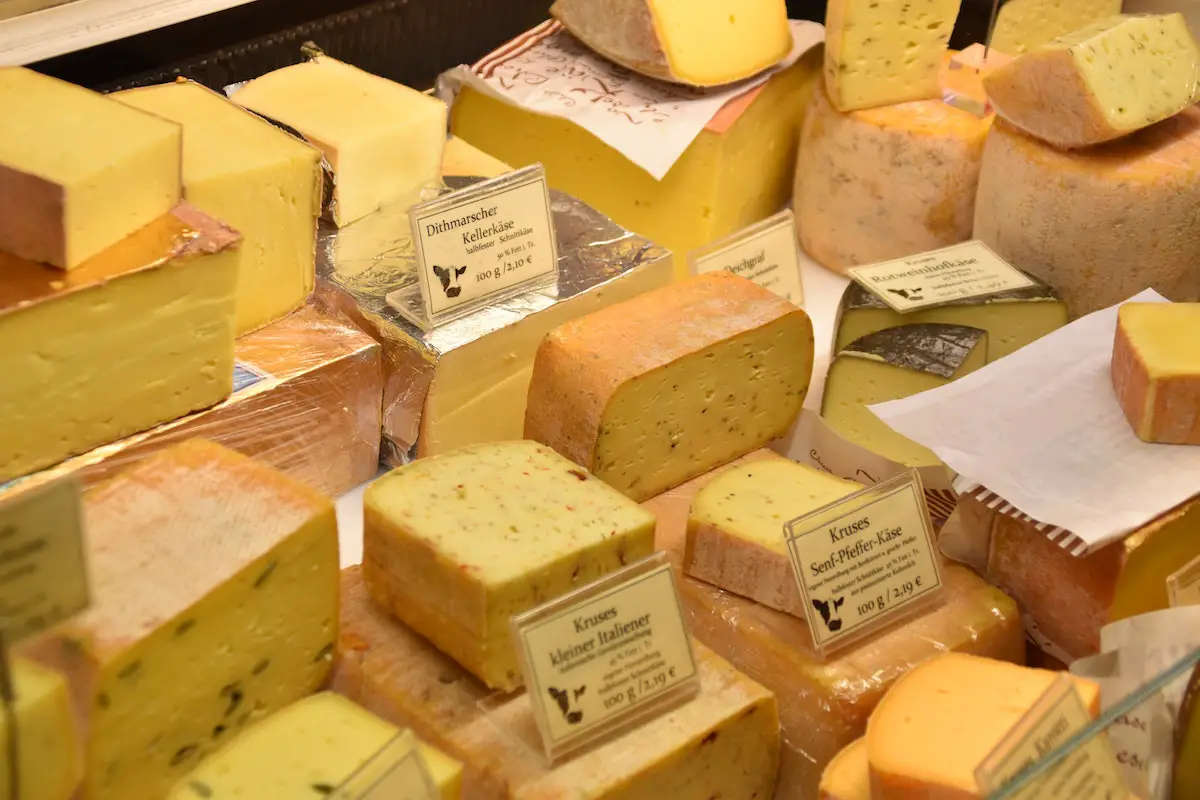
Another dairy product that is yellow that is on the list, cheese is one of the most widely-used items in cooking all over the world. It is created by coagulating casein, a protein, from buffalo, cow sheep or goat milk. Annatto is a flavor that can create a cheese that is yellow to red in the color. It imparts a distinct taste and texture to the cooking and adds an element of saltiness. sweet or tangy, depending on the type of cheese you decide to cook with.
Cheese is a great source of significant amounts of calcium as well as protein, however it can be high in sodium, calories and saturated fats based on the kind. It is a food to enjoy in moderation, maybe.
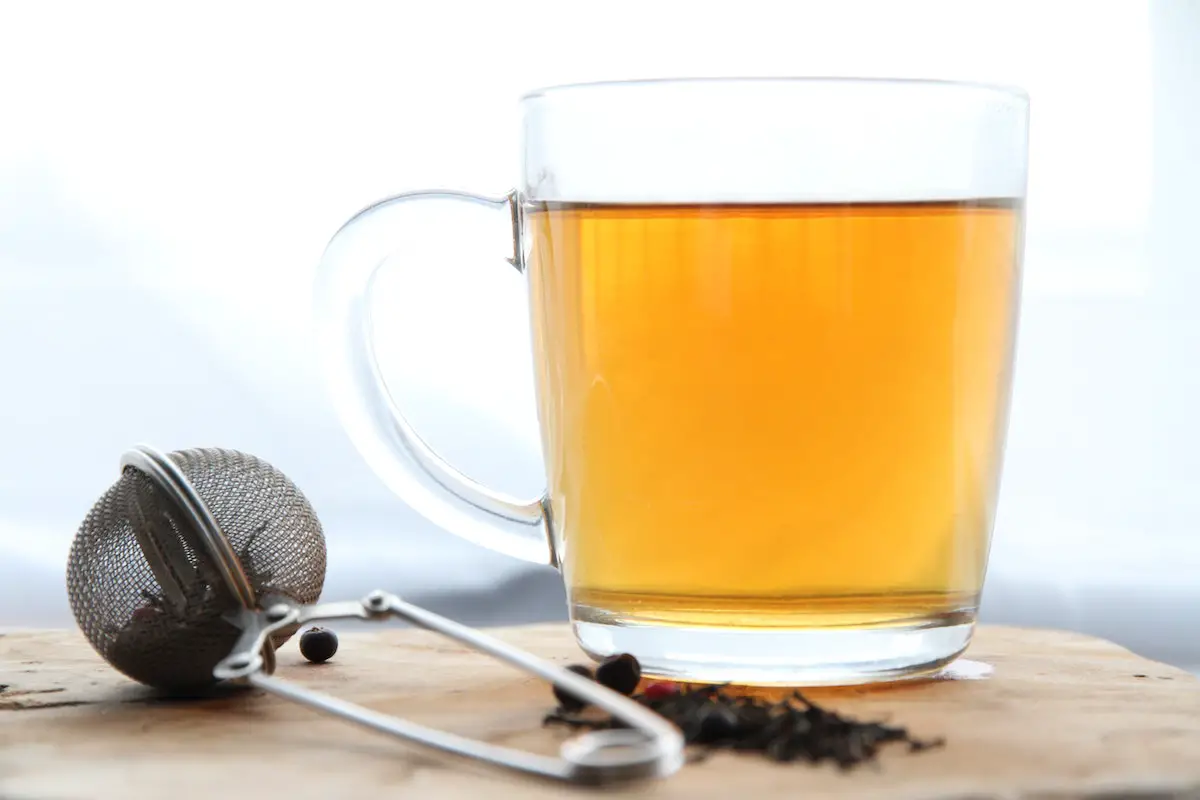
Chrysanthemums aren’t just pretty on your lawn: they also make a healthy tea that’s been utilized for centuries as a traditional treatment, especially in China.
It’s said to reduce inflammation and reduce blood pressure as well as bringing about peace to ease anxiety and nerves. It is a great mineral source, including magnesium, potassium, phosphorous and iron.
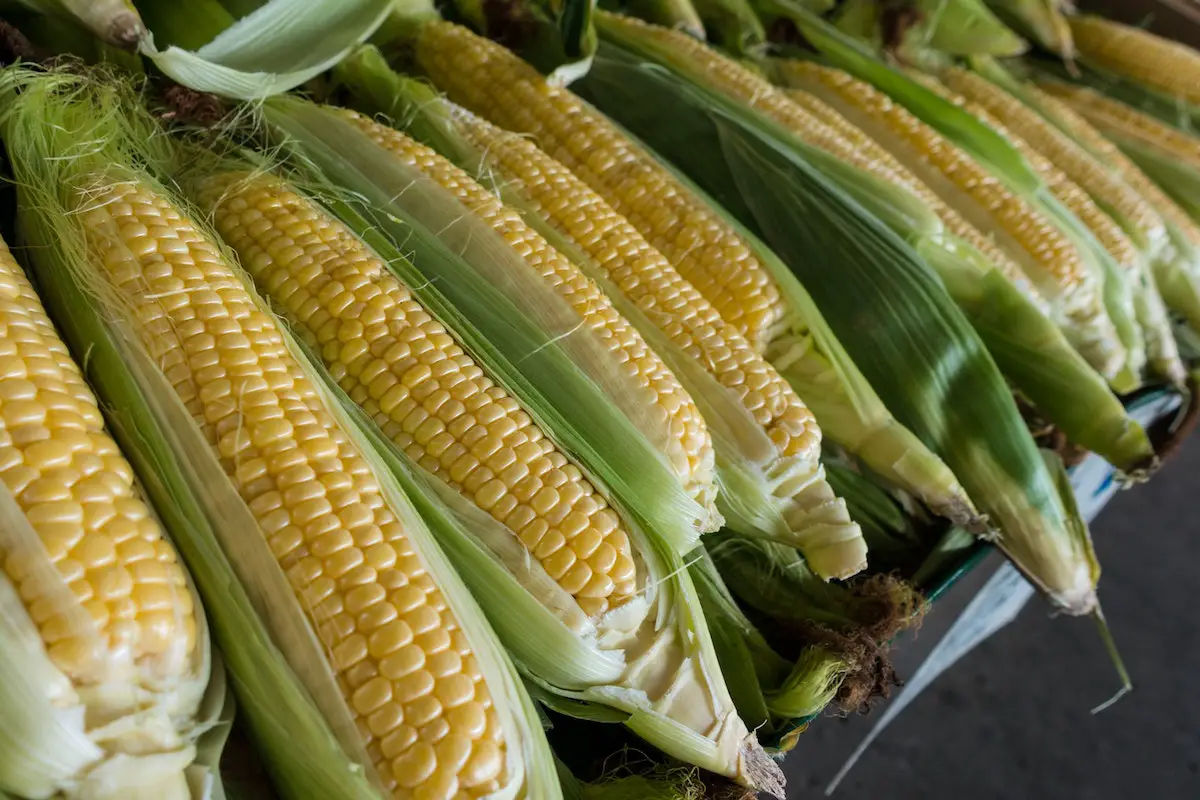
Corn, also referred to as sweetcorn or maize, is the main crop grown in the United States and a staple food source for many countries around the world.
This bright yellow corn that is cultivated originates from the indigenous cereal plant Poaceae has been initially planted by indigenous communities across Mexico as well as America. This food with a yellow hue has many uses outside of the kitchen because it can be used as livestock feed, biofuel , and also as traditional decorations for the autumn harvests within the US.
Corn is a great source of B-vitamins, such as thiamin pantothenic acid, niacin and folate. It’s also a fantastic food source of dietary fiber that contains important minerals like magnesium and the mineral phosphorus.
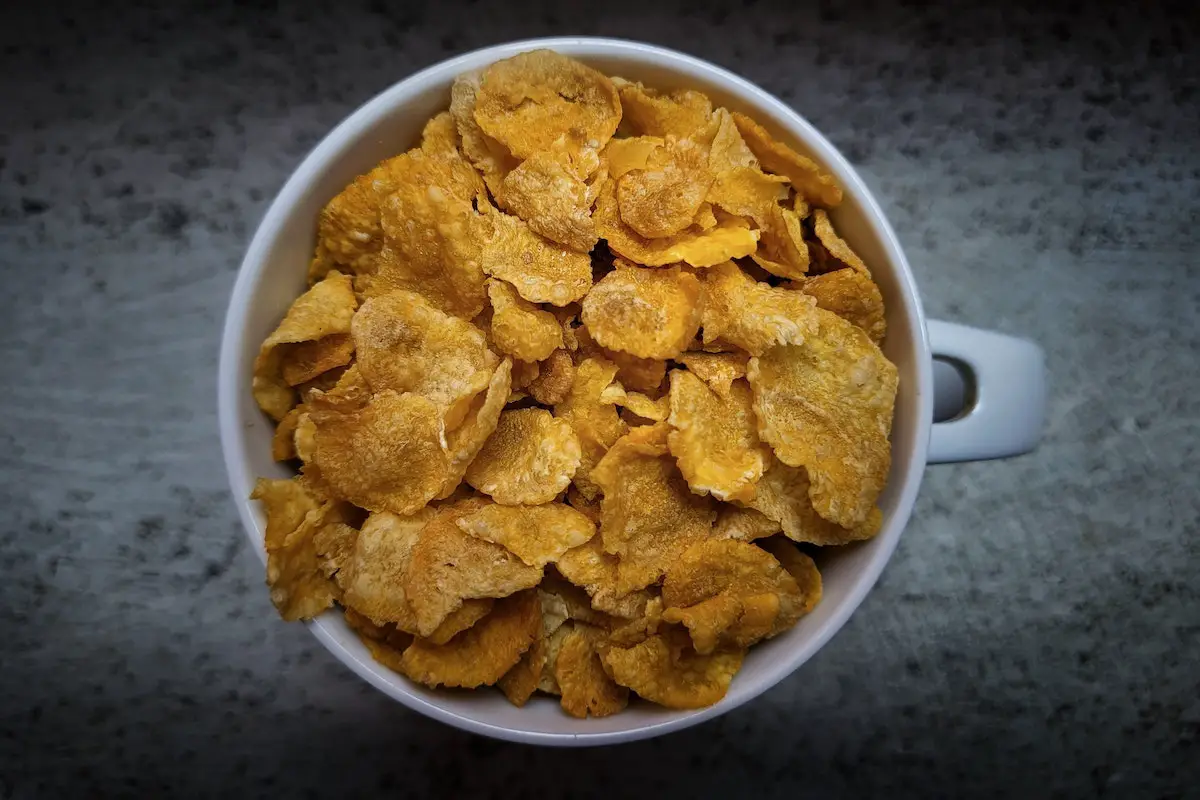
Did you know that cornflakes were introduced as breakfast cereals back in 1870s! The breakfast staple is made from corn grits, which are then made into a ball, then dried, cooked and then baked, then consumed with milk in order to quell hunger. While the cereal may contain various vitamins but it usually has an abundance of added sugar and is deficient in fiber due to the processes it has gone through. But, it can be an integral part of a healthy diet especially if eaten along with fruits as part of healthy breakfast.
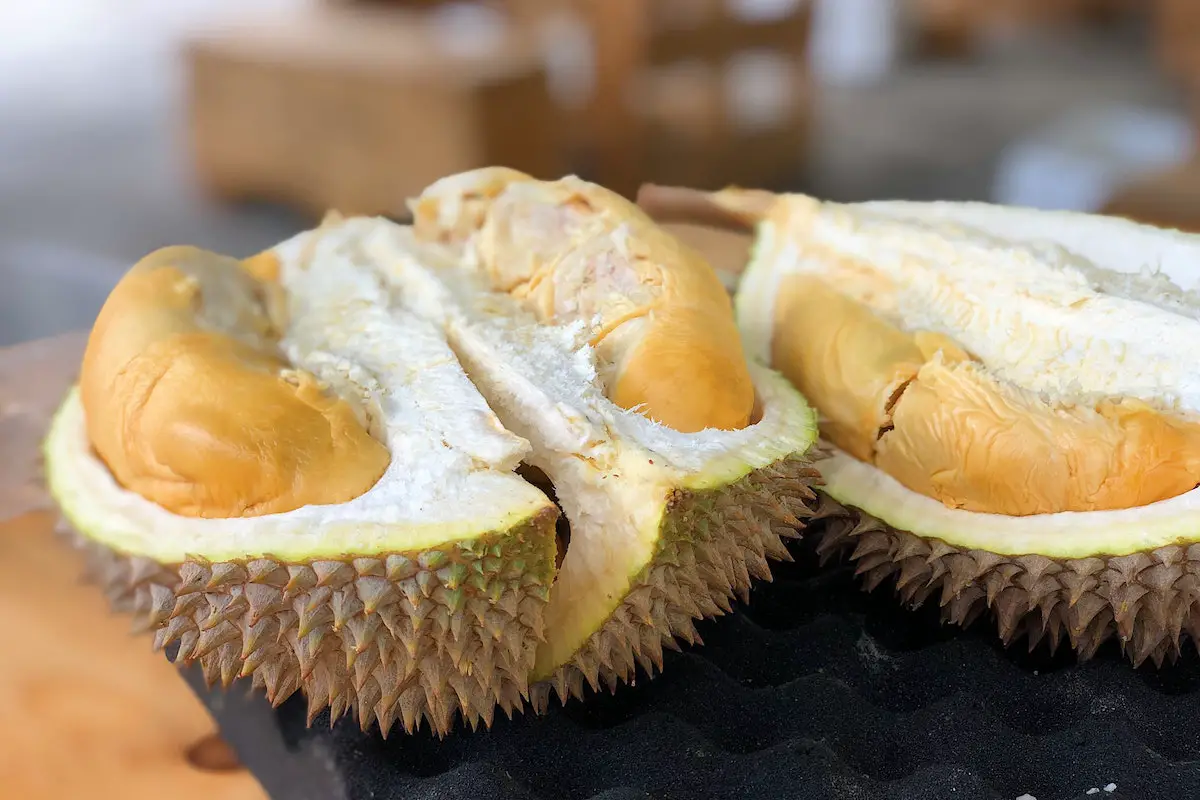
The large, thorn-covered fruit is famous for its strong odor that has been described as having the smell of rotting flesh! But ask any durian lover and they’ll tell you that the durian’s pale yellow flesh actually tastes great.
Durian is a distinctive fruit, often called”the “king of fruits” in Southeast Asia. It is a treasure trove of nutrients like fiber, vitamins B and C, and more nutrients than many other fruits.
However, it does have the capacity to split people from their families: When it comes to durian, either you love it or hate it!
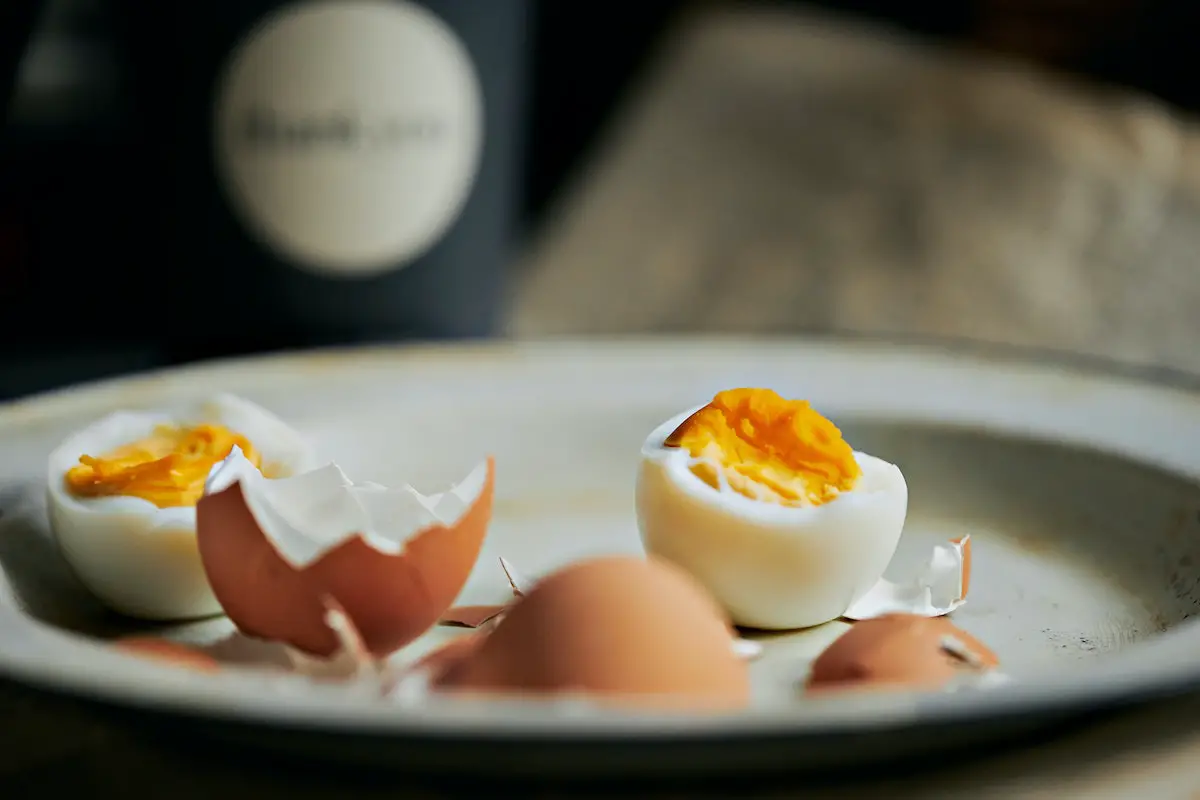
Eggs make it onto the list of yellow food items due to their bright yellow-orange yolks, which add hue to the dishes they’re utilized in. From scrambled eggs, omelets, or lemon curds, egg-based meals are available in a variety of sizes.
The yolks of various eggs can be different in color and this is due to the breed of chicken they’re from. Actually, it has nothing to do with the type of chicken, and all to relate to the diet she eats: chickens that eat a diet that is rich in carotenoids like maize, grass, and flowers are likely to produce eggs with dark yellow-orange yolks. On the other hand, those with a diet based on barley and wheat produce eggs with yolks so light that they’re almost white.
The nutritional value of eggs is an important part of our diets: eggs are an excellent source of protein and healthy cholesterol and omega-3 fatty acids.
In addition to being a great source of vitamins, eggs can also be full of nutrients and can assist in weight loss by helping to ward away hunger cravings that can cause unhealthy snacks.
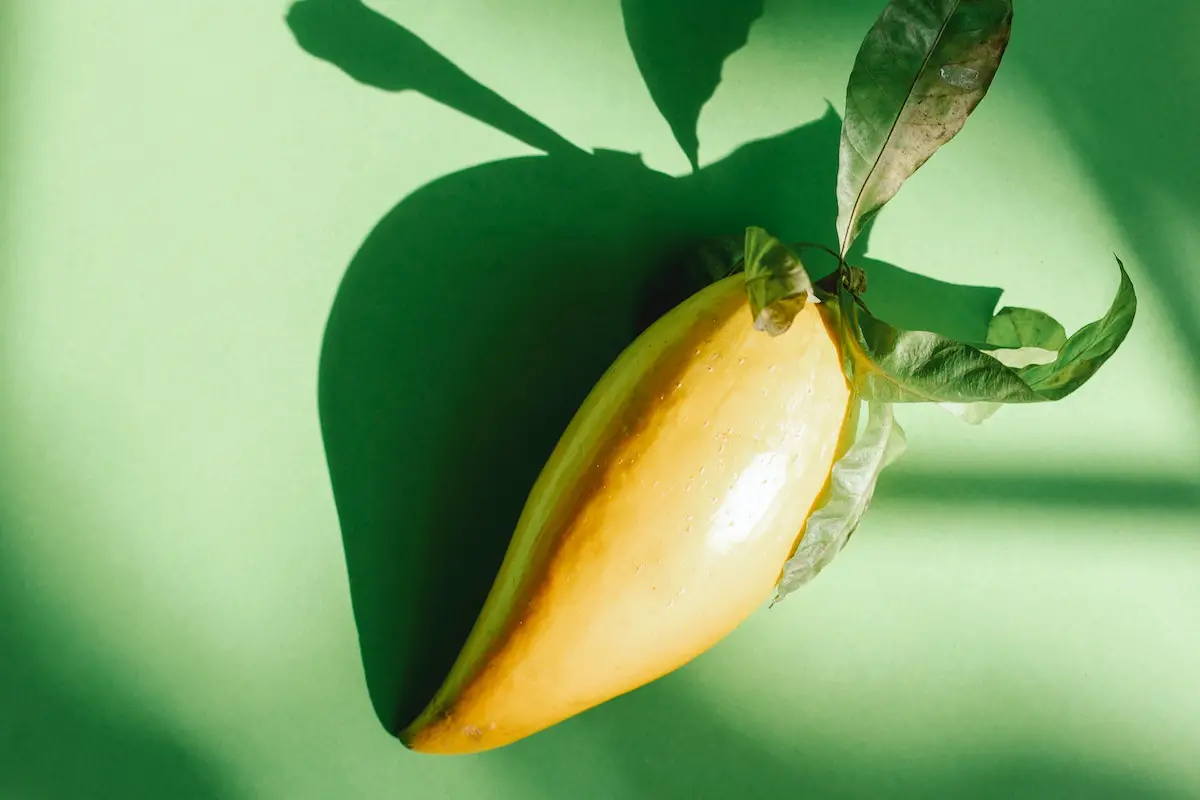
The yellow fruit, also called Canistel, is known as “eggfruit” because its bright yellow flesh has the appearance of a hard-boiled egg yolk. It is part of the Sapotaceae family, which makes it a relative to the sapodilla and Mamey Sapote.
Eggfruit is a mildly sweet flavor with hints of sweet mango, pumpkin, potato, and a few other exotic fruits.
The yellow fruit is good in beta carotene and gives you plenty of calcium and phosphorus to strengthen your teeth and bones.
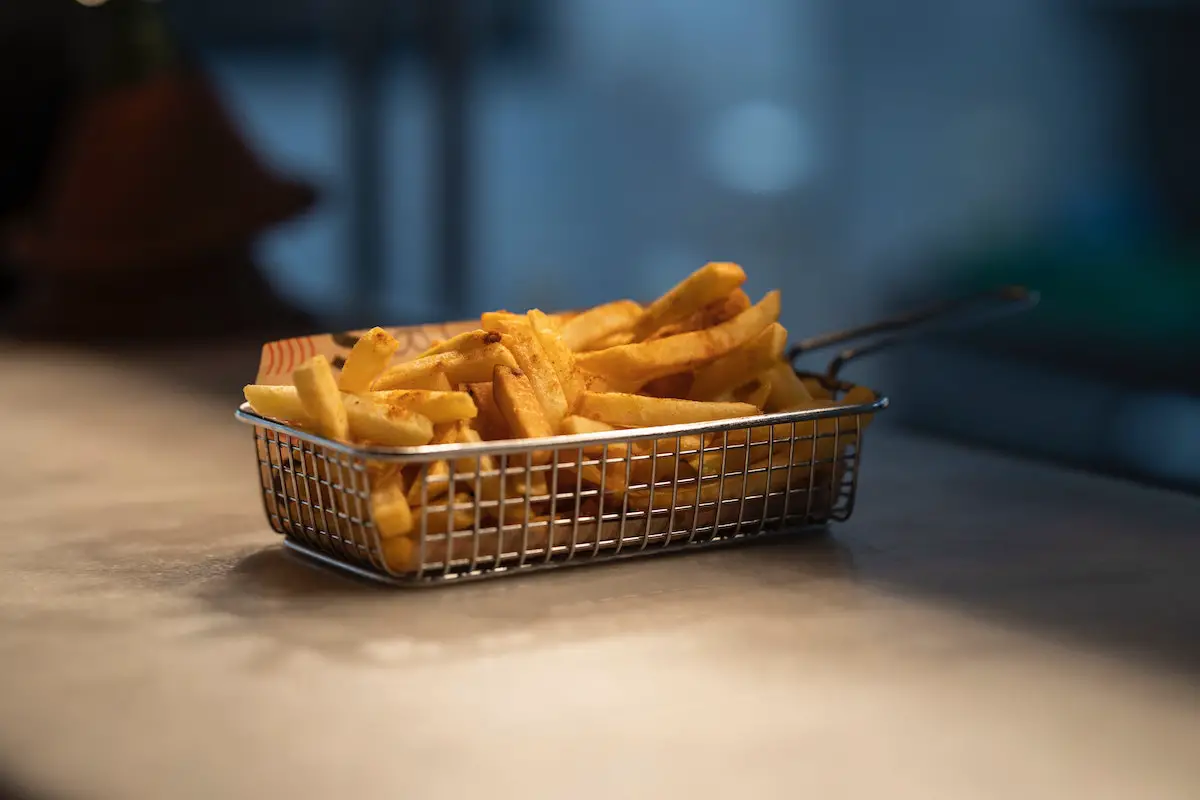
It’s not a secret gold fries have become a world popular food item, however, the potato fried sides are generally thought to be unhealthy and are accompanied by a substantial amount of guilt!
Nutritionists agree that we need to limit the consumption of foods that are fried and blood-related parameters, studies for children who were served French fries in comparison to other types of carbohydrates found that fries may actually help to lower blood sugar amounts and levels of insulin.
It’s good to know!
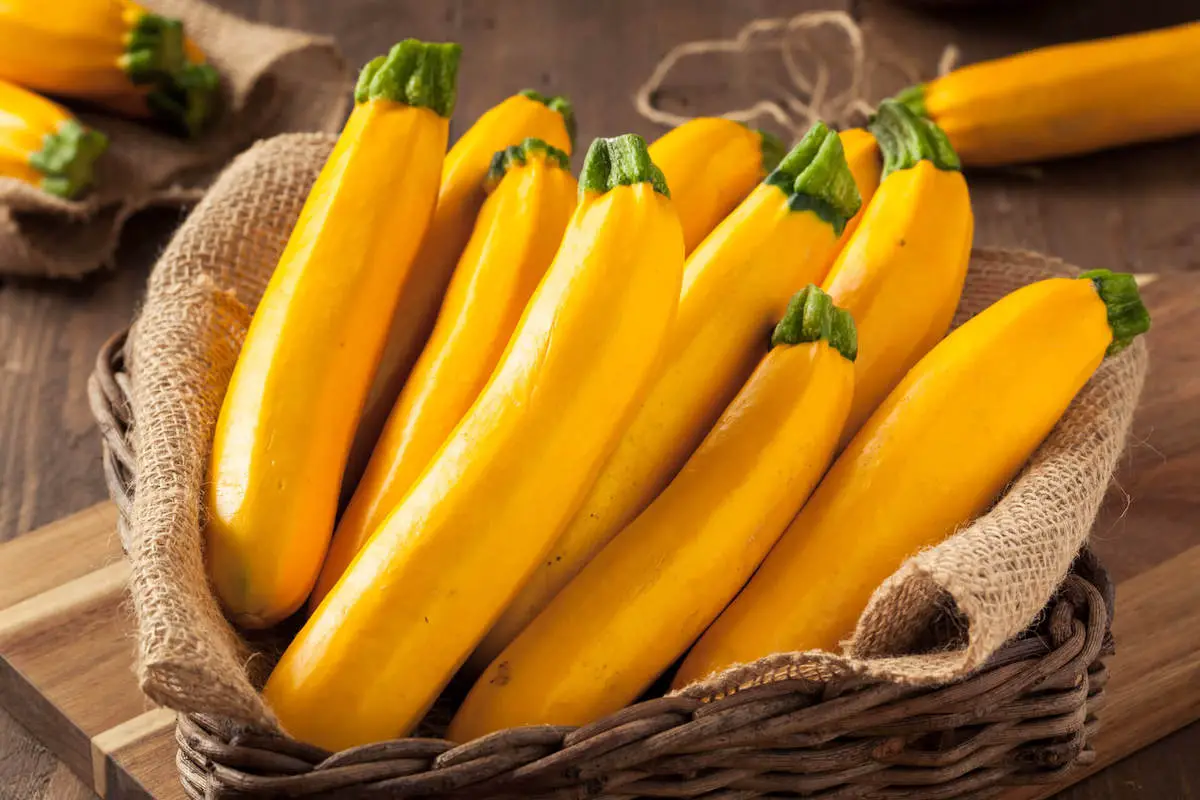
A zucchini is often referred to as courgette or baby marrow, is a kind of summer squash that is eaten when the seeds and skin are edible. The golden zucchini is an intense yellow or orange hue.
It can be used in an energizing diet since it is not high in calories and still provides a healthy food source for folate, potassium, and provitamin A.
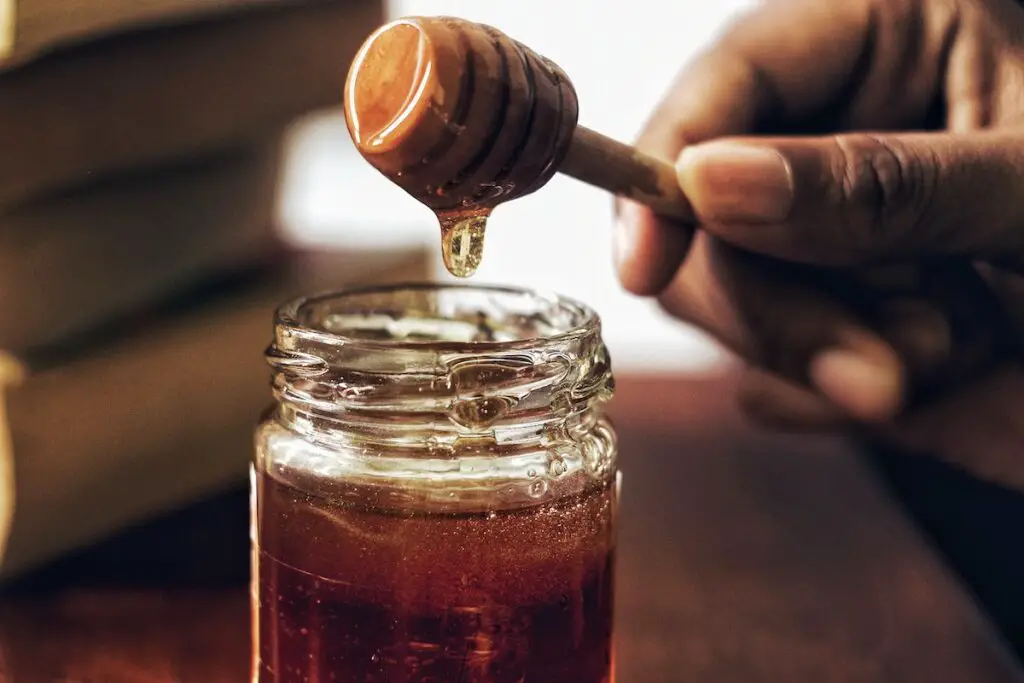
Honey is a natural sweetener produced by honey bees derived from honeydew or floral nectar. It has a distinct flavor. it is low in fat, dietary fiber, and protein, but it is a great antioxidant that fights heart disease and stops the growth of certain cancers.
Honey has been utilized for centuries in the traditional treatment of burns and wounds because it kills bacteria and aids in healing.
Modern medical practices have returned to honey’s healing properties in recent times as well.
Manuka honey has become a common therapy for wounds in clinics.
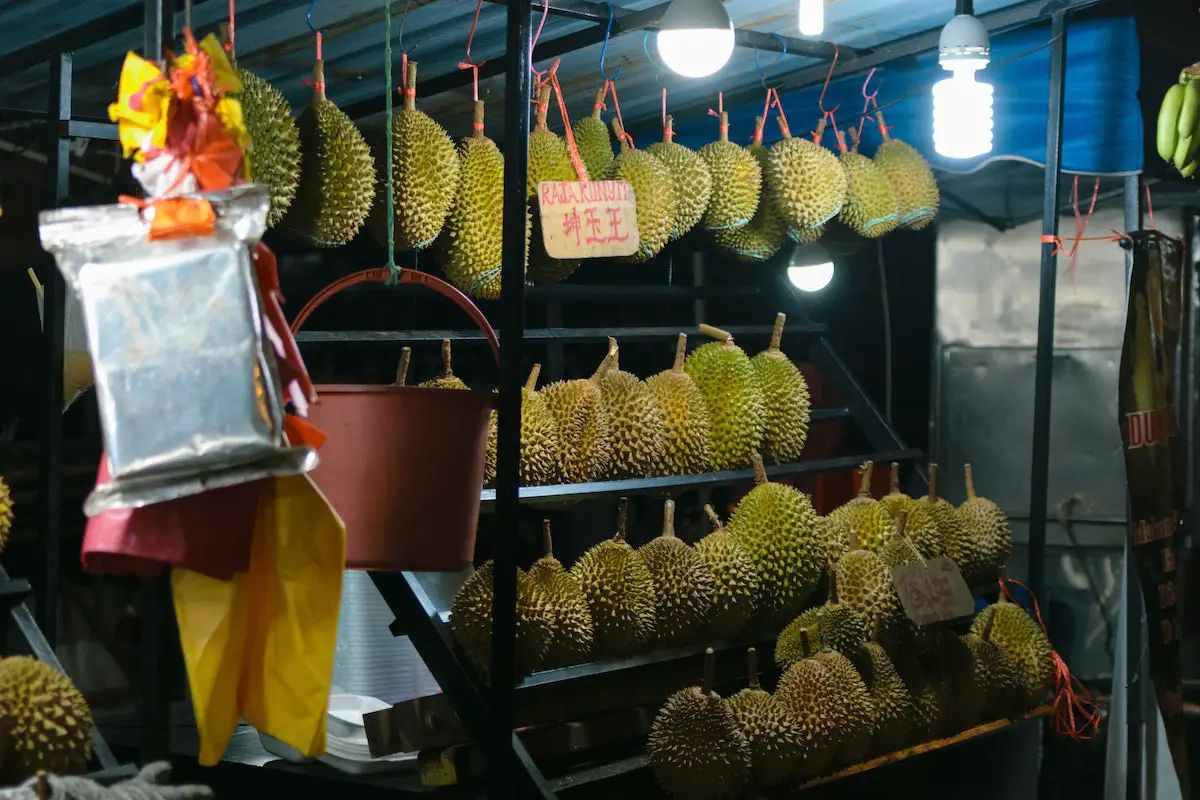
The large, sharp fruit is the official one that is the national fruit of Bangladesh and Sri Lanka. It’s a big fruit that weighs up to 100 pounds, with yellow flesh, edible pods, and seeds.
When it is ripe, jackfruit offers an apricot-like flavor and similar texture to pineapples, and jackfruit that isn’t ripe is often used in cooking with savory ingredients and is a common alternative to meat in vegetarian meals.
It is a good source of vitamin C and potassium, diet fiber, and several essential minerals and vitamins to ensure your body is healthy.
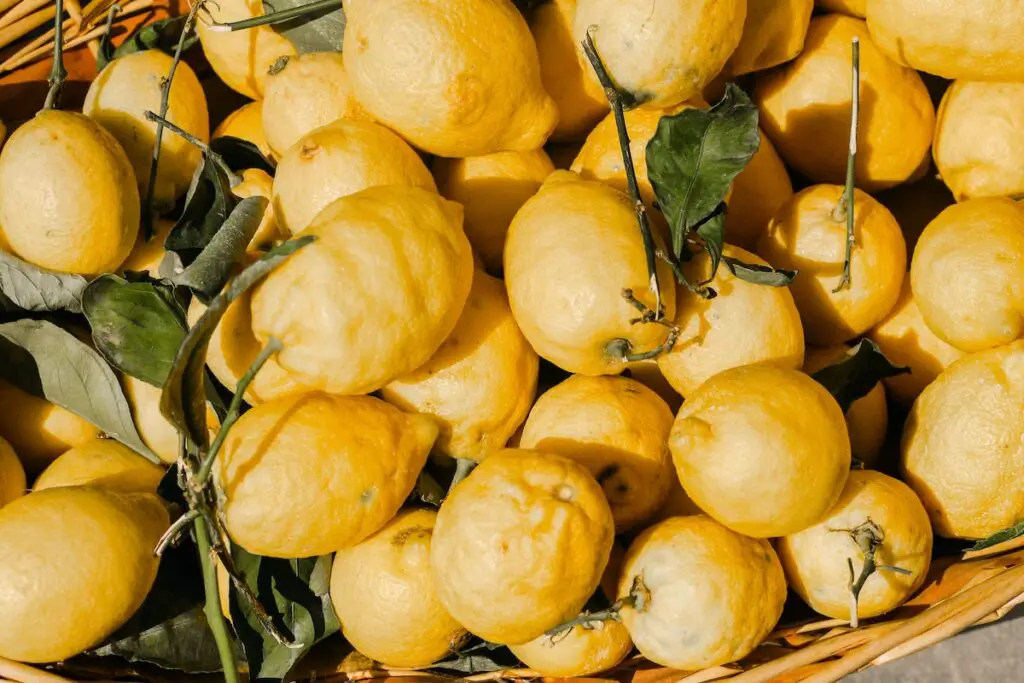
The bright yellow citrus fruit is sharp, acidic juice full of antioxidants and vitamin C. Its sour taste is good with seafood dishes. Lemon is typically used to marinate meats and fish to soften the flesh and neutralize strong odors.
The benefits of lemons for health include improving your immune system because of the high amount of vitamin content, controlling blood pressure, and aiding to lose weight.
Lemon juice also has benefits beyond cooking: its acidic nature makes it cut through grease. It also makes it an excellent cleaning agent.
It can also be used to turn your hair blonde…
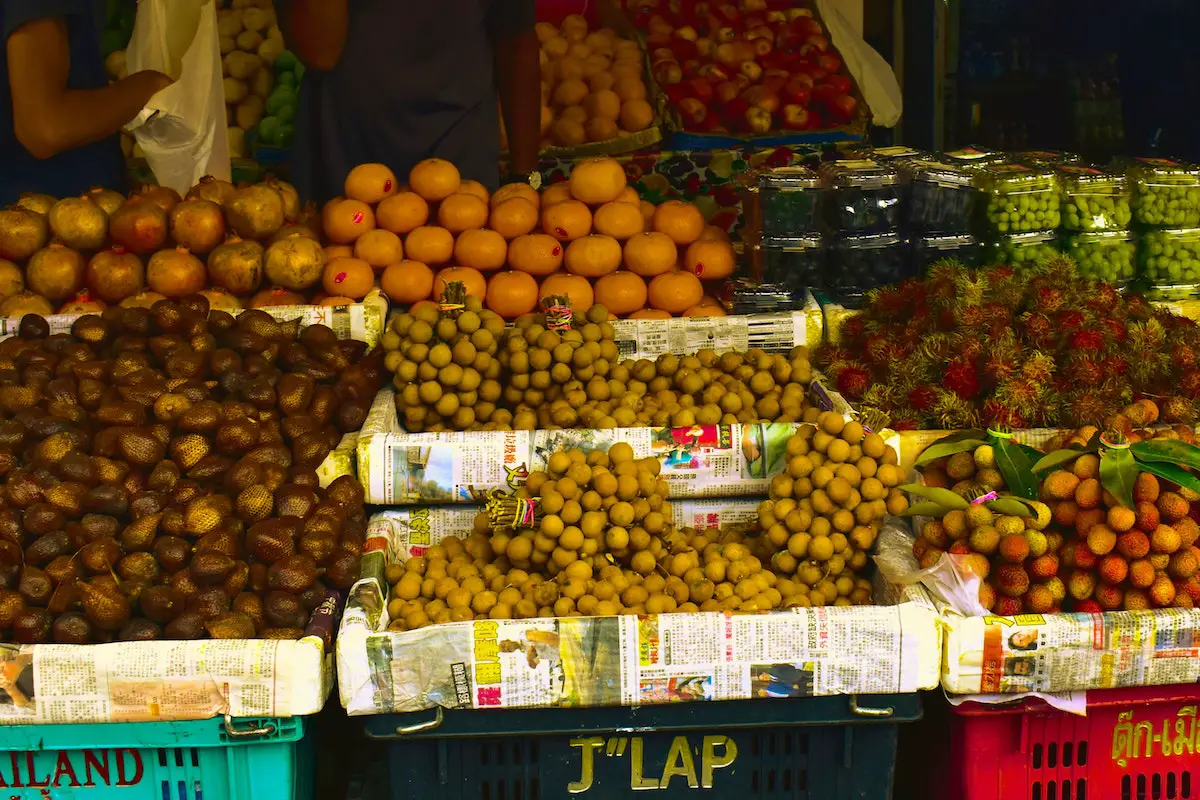
These Asian native fruits originate made from the Dimocarpus longan plant, also known as longan. They are covered in yellow skins and white, sweet juicy flesh like lychees.
The tropical fruit is rich in antioxidants. It also contains Vitamin C. It is used in traditional cuisine across China as well as other Asian countries where it is found, such as desserts, puddings, and even bread! If you want a nutritious, easy, and indulgence-worthy snack on a hot summer day, these fruits can be frozen in whole form and eaten as popsicles.
Longan seeds and fruits have been used for a long time in traditional Chinese treatment for many different ailments. While some of its most traditional uses, like extracting the venom of snakes from wounds from a bite and so on, have not stood in the light of scientific research, studies on the longan extracts have proven that both the seeds and the fruit have anti-cancer properties. They could also aid in treating diabetes.
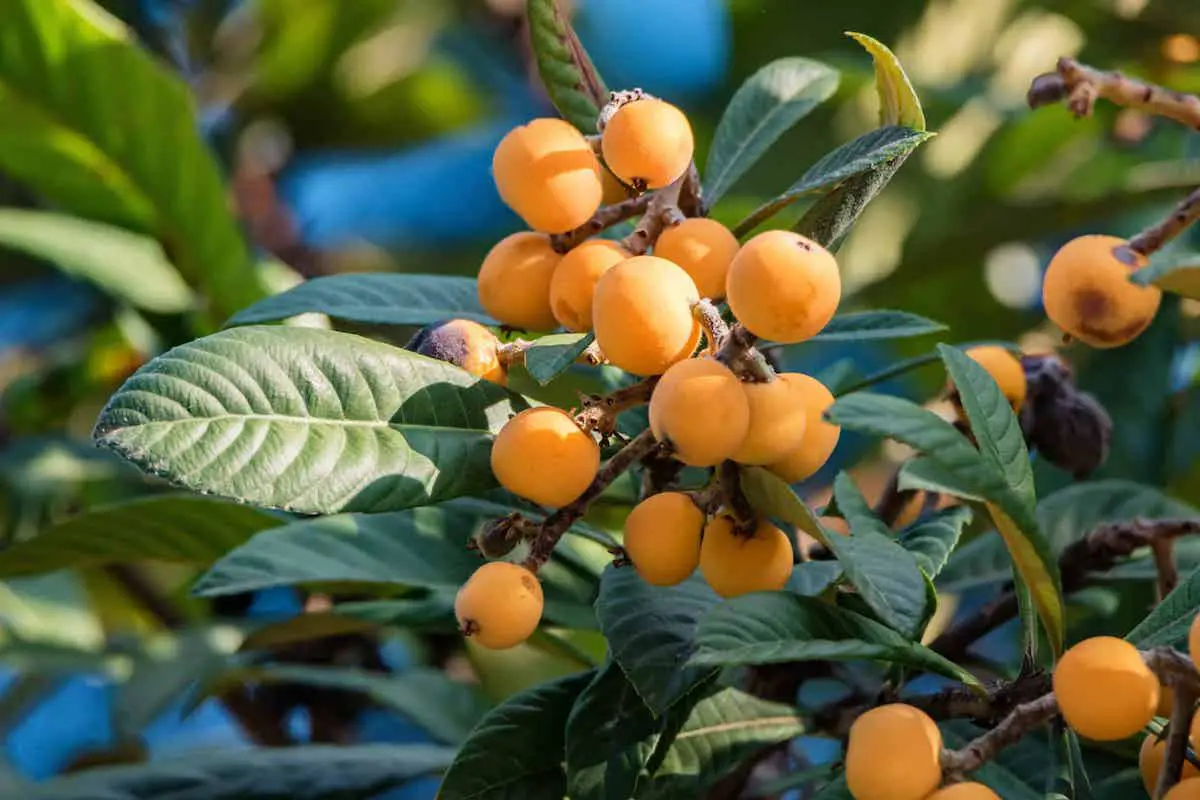
The unique yellow fruit is part of the Rosaceae family, which is indigenous to the South Central part of China and is also known by many names, including Japanese medical micellar Japanese plum or Chinese plum.
It has smooth, yellow, or orange skin and the characteristic of a juicy, sour, and occasionally sweet flesh based on what cultivar it is.
Loquat is an excellent supplement to your diet and is high in vitamins A and B6 and dietary fiber, potassium, manganese, and sodium.
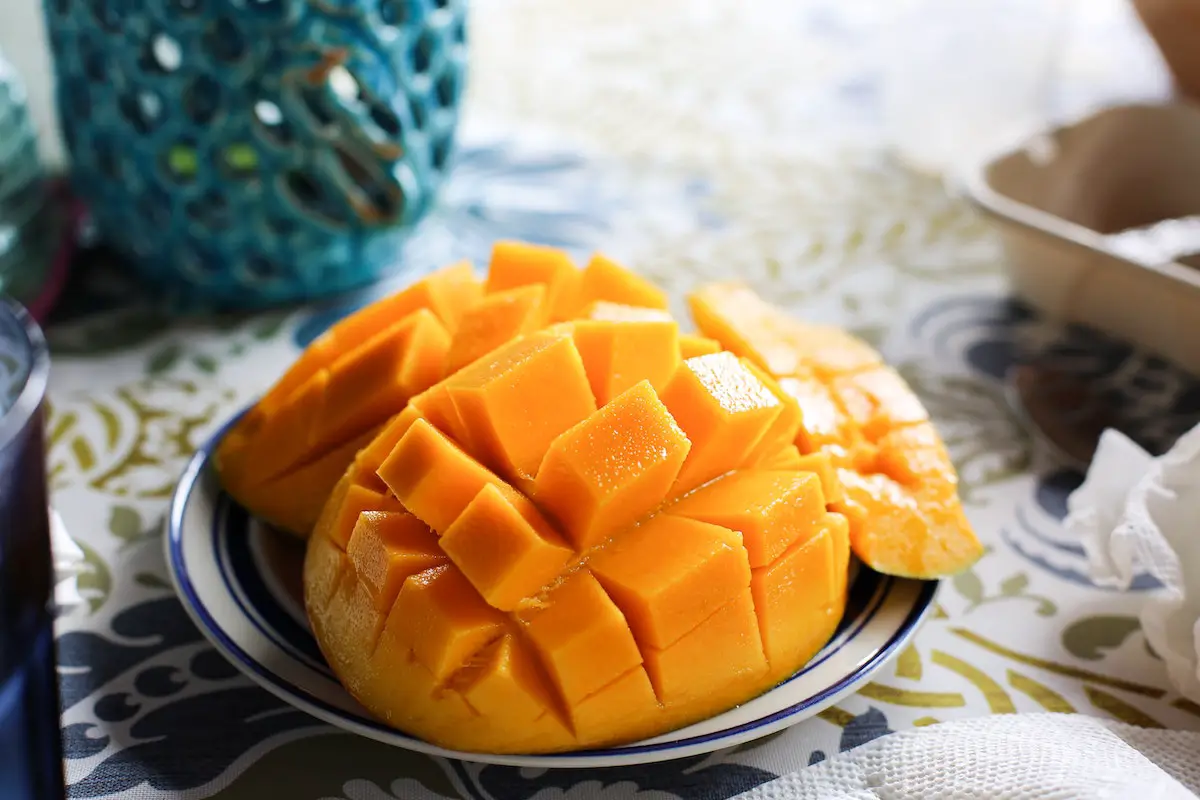
This tropical yellow fruit is widely grown throughout its native area of the South and South-East Asian tropics.
The fruit is covered in soft skin, fragrant and waxy, with the color varying between yellow and green, with some hints of red or pink depending on the kind.
The flesh inside is sweet, sour, and slightly fibrous. Mango can be an excellent source of prebiotic fiber in the diet, flavonoids like b-carotene and cryptoxanthin, vitamins B6, A, C, and E, and potassium.
Mango is a fruit that can be consumed fresh or dried and is a popular breakfast item.
Mango is also utilized in Asian cuisines, for example, providing a sour flavor to chili sauces such as Indonesian sambal.
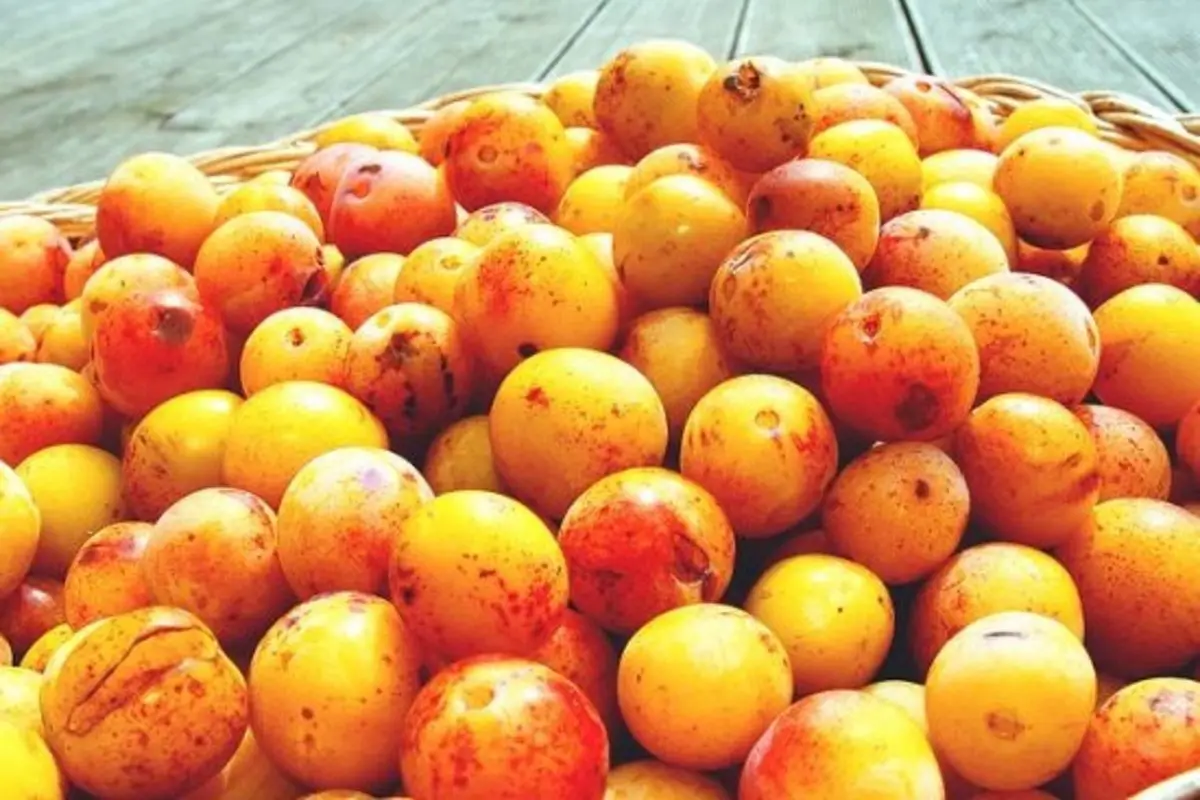
Although plums are typically considered to be purple but this yellow variety is renowned due to its sweet, rich taste. Fresh fruit is known for its sweet, tangy flavor, and it is yellow. Mirabelle plums can also be used in preserves and pies. Juice from Mirabelle plums is used to make preserves and pies. Mirabelle the plums is fermented into wine, and then distilled to make brandy. These fruits have an exceptional amount of potassium as well as vitamin C, which can to support your heart and maintain the immune system to be healthy.

The yellow sauce is among our most requested sauces for salads, sausages, hot dogs, and other meats. The name derives from the main ingredient, which is the seeds of the mustard plant, giving the sauce its spicy flavor.
Other ingredients such as lemon juice, vinegar, and salt are also added to make the various mustard sauces that we pick from today.
Mustard seeds are believed to be rich in selenium as well as Omega 3 fats therefore, you can be sure that the sauce you love provides you with nutrition as well as an explosion of flavor.
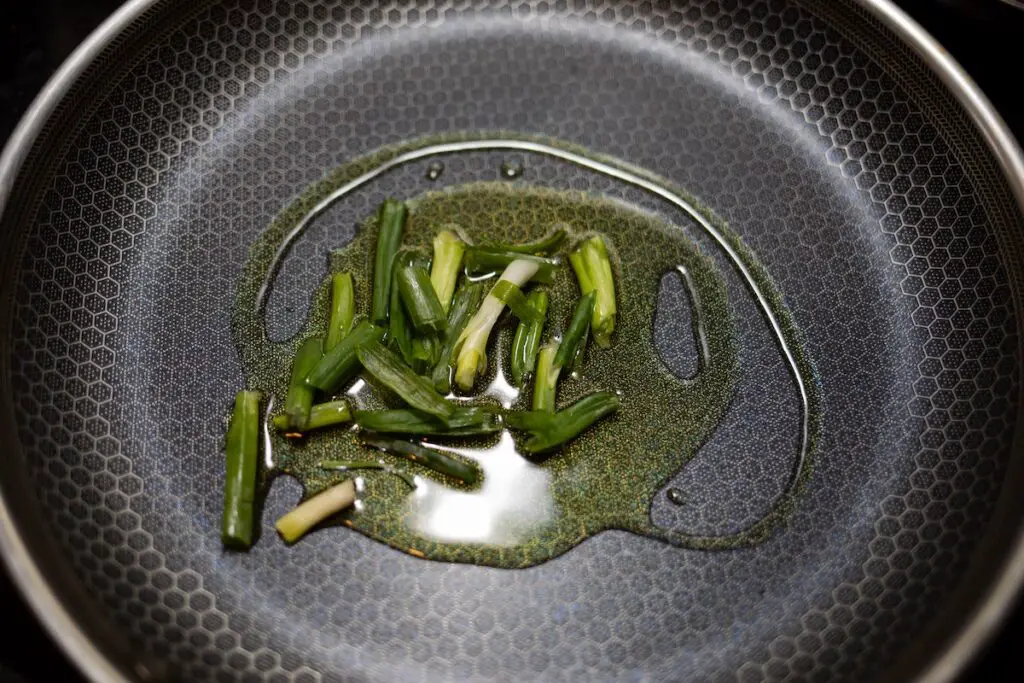
Olive oil can come in a variety of shades based on the quality but generally, it can be found in the range of green to yellow. As one of the primary ingredients of an Mediterranean diet olive oil is an excellent source of numerous nutrients that aid in our health, including omega 5 fats, antioxidants, as well as vitamins D and K. If consumed in moderation in a healthy diet, olive oil is beneficial for your heart as well as your memory.
Olive oil has a beneficial effects on the skin as well as some cosmetics and massage oils contain olive oil in their ingredients.
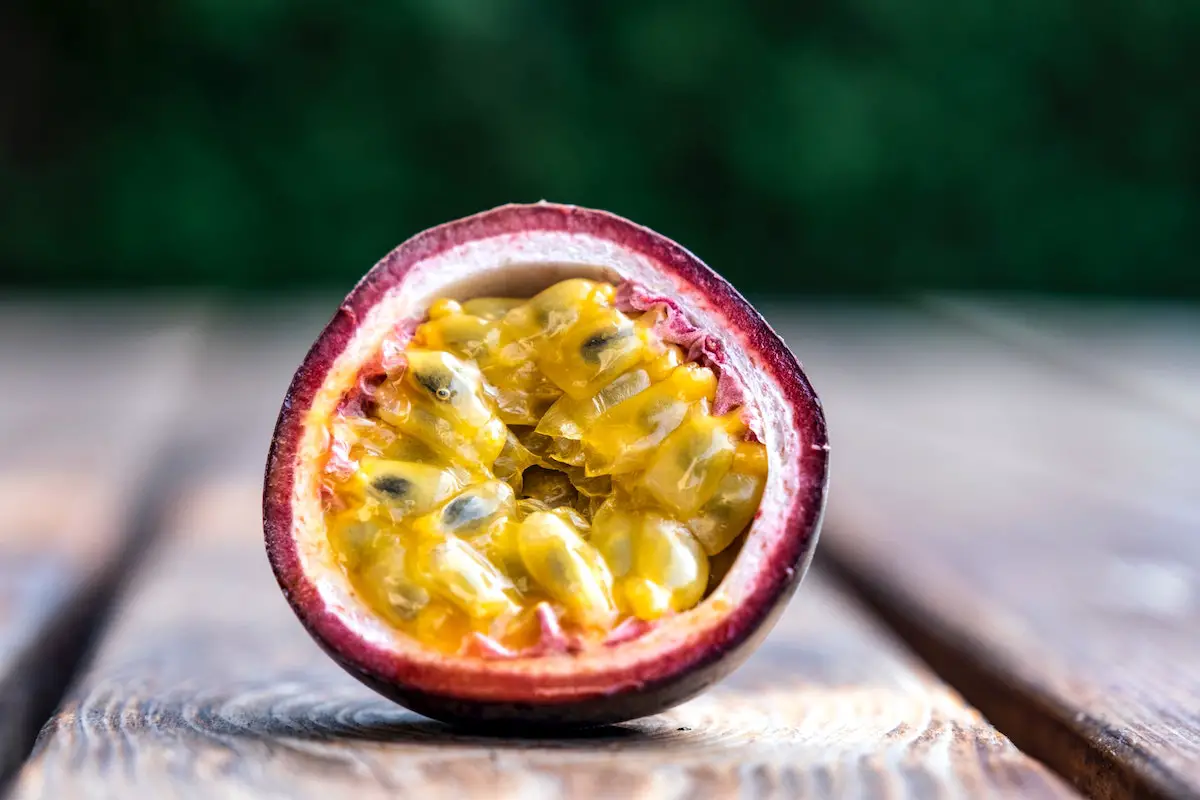
These tropical fruits are part of the Passifloraceae or Passion Flower, a family of plants.
The fruits are covered with the thickest skin that may be bumpy and purple or smooth and yellow-orange, dependent on the type.
Inside the yellow pulp, there are many black seeds. The fruit is sweet and acidic and is packed with amino acids.
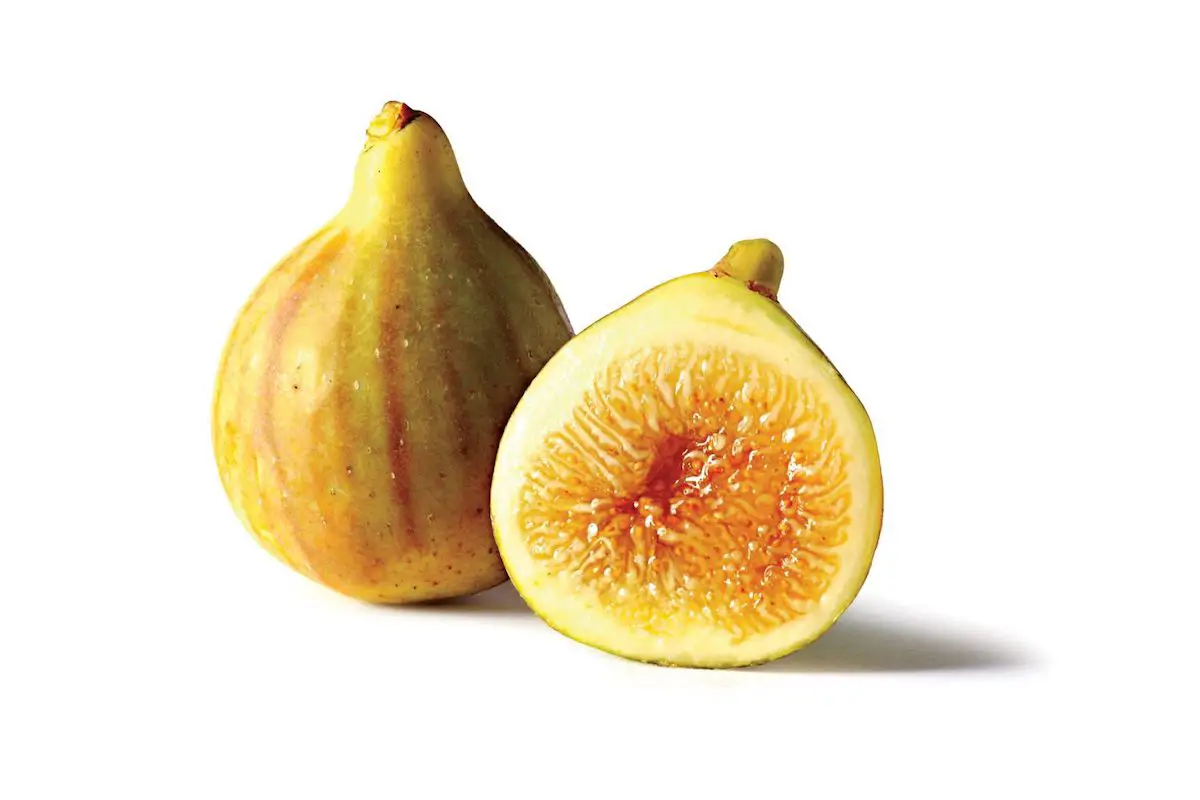
This kind of fig has soft yellow skin and deliciously sweet flesh. The flavor has been called a syrupy, honey-like flavor.
The fruit is packed with magnesium, calcium, and potassium, as well as manganese, copper, as well as vitamin K and B.
Like the majority of figs, they have a significant amount of fiber, which is beneficial to improve your digestion.
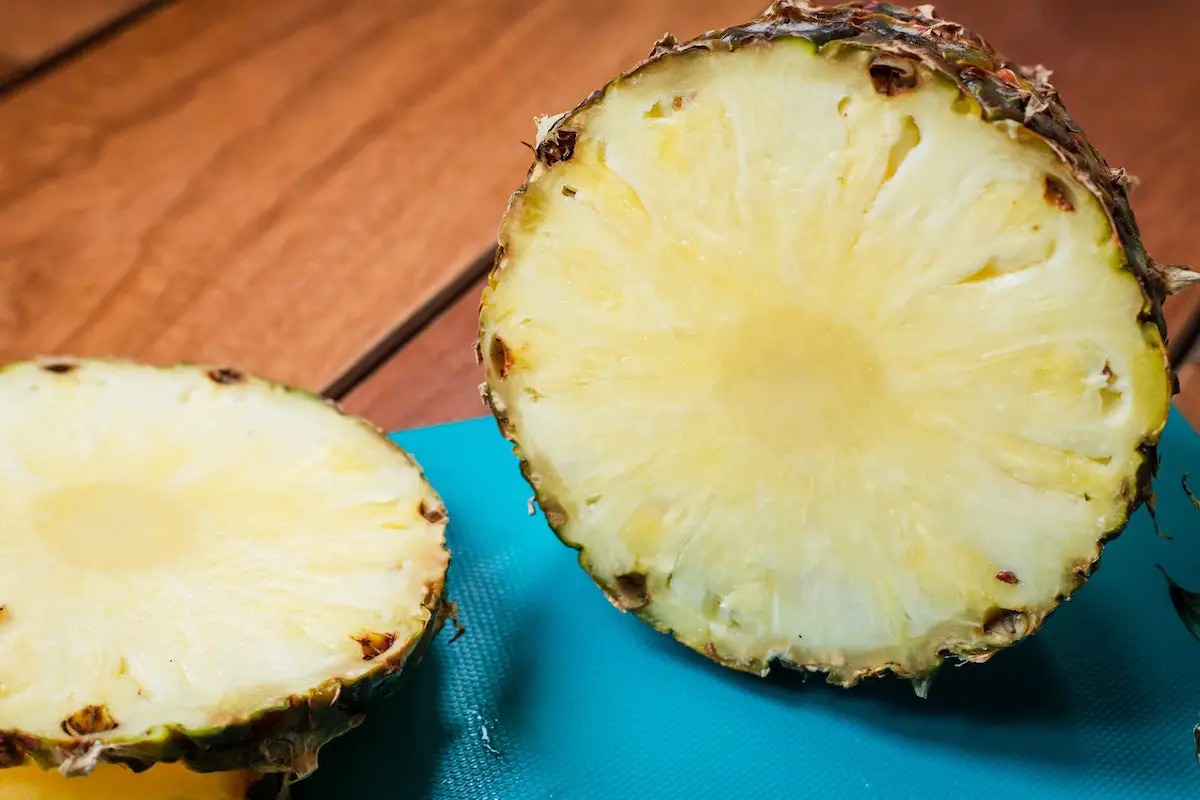
The world is abuzz with Pineapples, the 3rd most popular tropical fruit produced worldwide. This yellow fruit is used for export to Hawaii, Costa Rica, Brazil and the Philippines.
Alongside its use as a fresh fruit, pineapple is an essential ingredient in cooking dishes that include Italian pizza Filipino, Hawaiian burgers, hamonado Thai Kaeng Som Pla, and Hawaiian Haystacks.
This juice is a great source of antioxidants and vitamins; pieces of the fruit can be added to dishes and beverages.
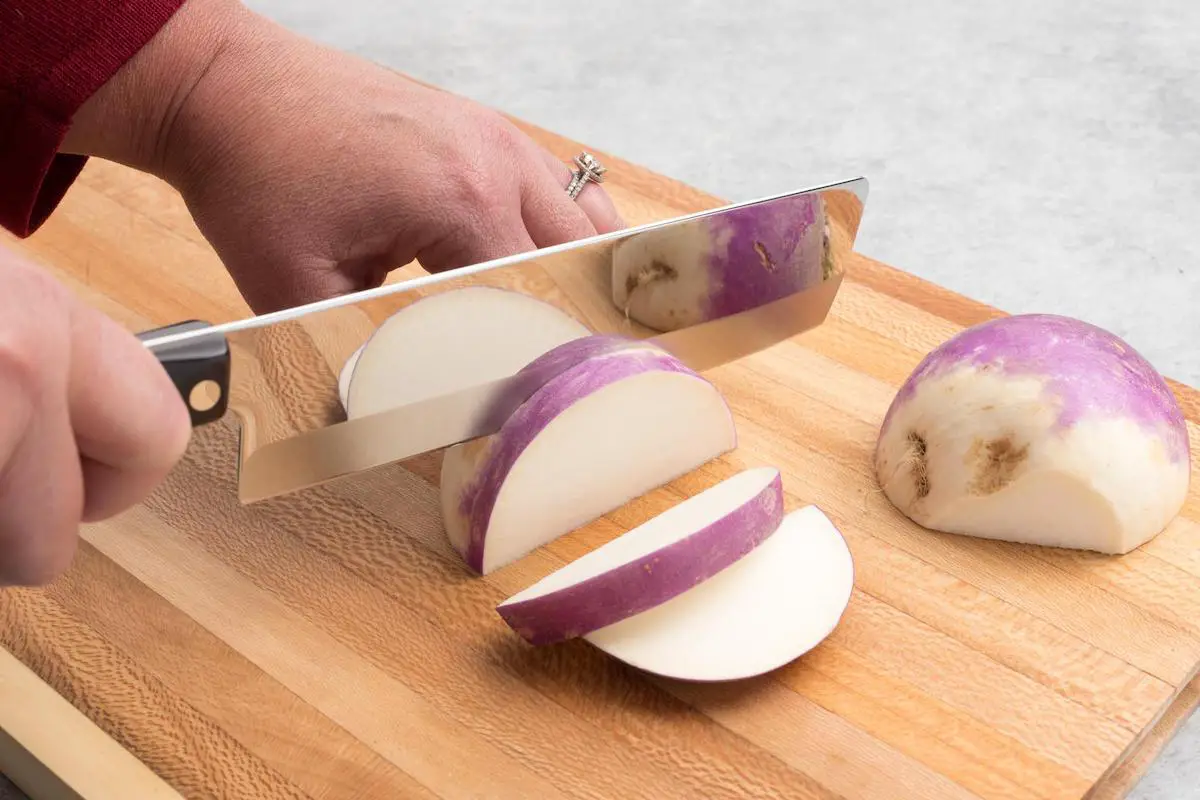
Rutabaga is also known in other areas of the globe as Swede or Swedish turnip, taking its name from the Swedish name “rotabagge.” This root vegetable typically has light yellow flesh with emerald-colored skin.
The flavor is similar to cabbage. However, it is an astringent sweetness. Rutabagas have high levels of potassium and magnesium, calcium vitamins C and E, and moderate folate and vitamin B.
They can be roasted or mashed, and Rutabagas make an excellent meal while being less carb-laden than potatoes.
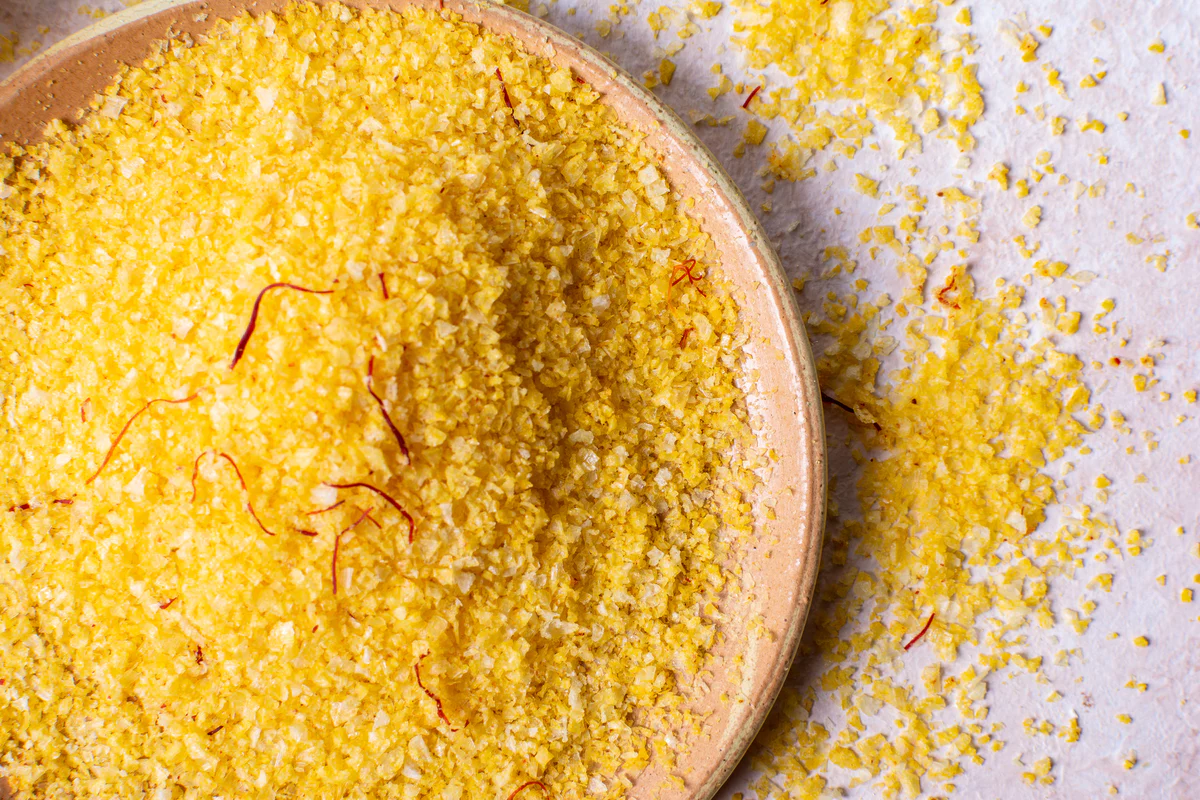
Saffron is the most expensive spice. It’s not surprising when you consider that it requires 75,000 saffron blooms for one pound of spice. Though it was initially thought to originate from Greece, 90% of today’s commercial saffron production is made in Iran.
This spice is abundant in antioxidants. It has a deep hue due to the carotenoid pigment found in the flowers, crocin which gives food a golden yellow hue.
The chemical constituents of saffron have been studied to determine their health benefits, including reducing appetite and aiding weight loss.
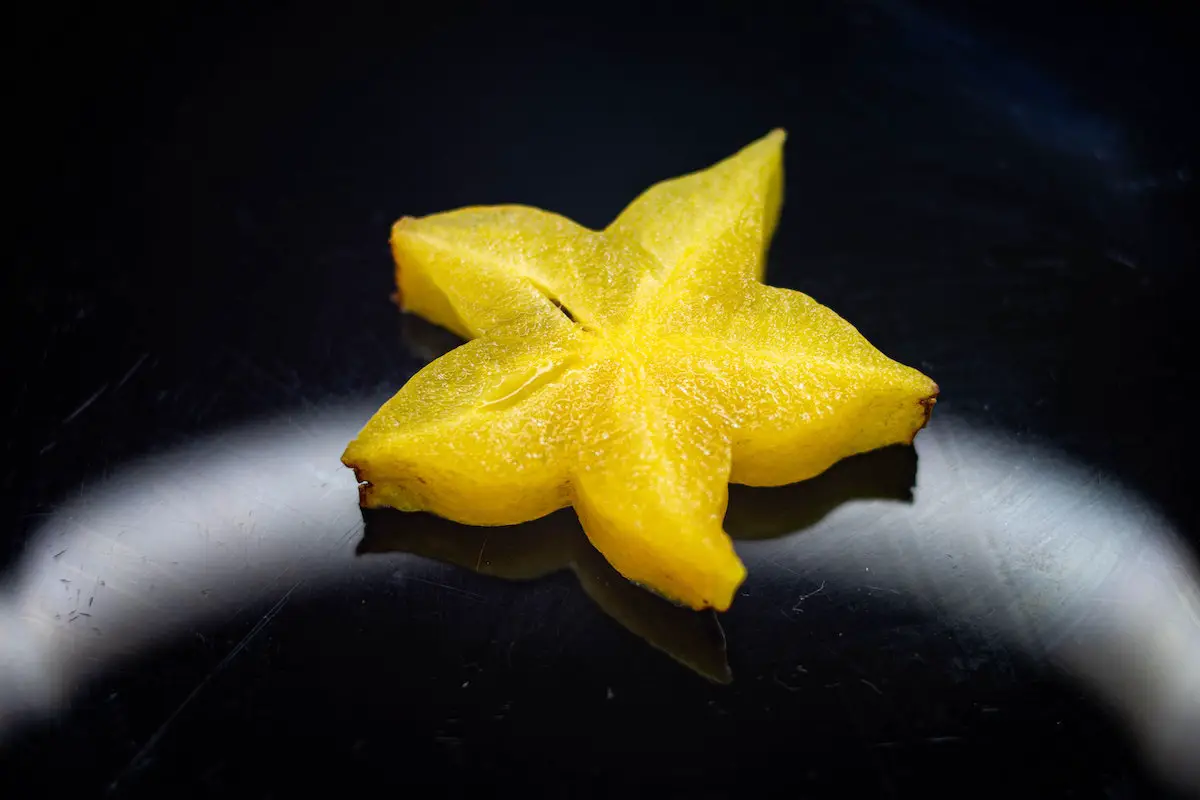
The sunshine yellow, oddly designed fruit is sometimes referred to as carambola. It is indigenous in tropical Southeast Asia, has a bitter and sweet taste, and is shaped to resemble the shape of a star when cut. Starfruit is a great source of vitamin C and fiber but it also has the highest amount of Oxalates. If you suffer from kidney disease, it is recommended to talk with an expert before eating this fruit since the oxalates may cause toxic effects.
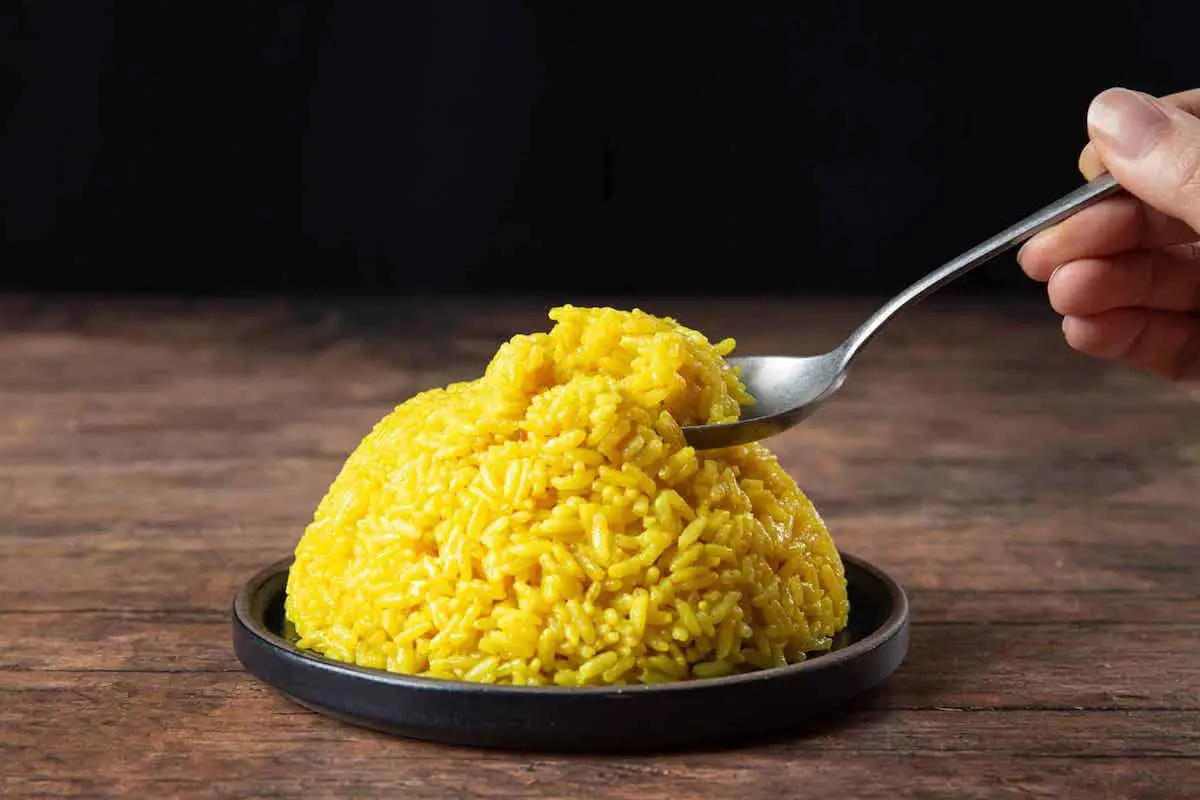
The yellow rice is an essential component of traditional cooking across all over the world. It ranges from Moroccan yellow rice, which is flavoured with saffron and ginger, as well as Spanish Arroz Amarillo, to the delicious Indian biryani as well as Indonesian Nasi Kuning that are made from coconut milk. The dishes generally have a color due to the addition of saffron or tumeric to the cooking process. This carbohydrate staple has every benefit of complex carbohydrates in addition to the additional antioxidants and nutrients found in the spices it’s cooked with.
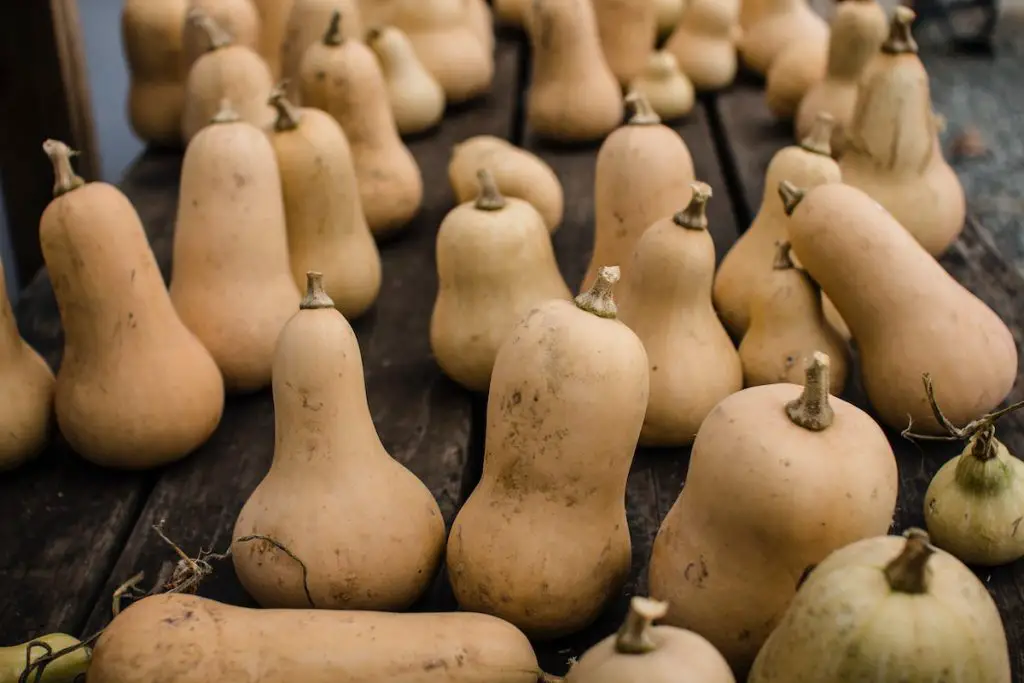
Yellow squash is another type of summer squash with a the thin, soft edible skin. While it’s similar to Golden zucchini yellow squash features a distinctive neck that is similar to the standard squash. The yellow squash can be cooked or baked, or even eaten raw. Its taste ranges between sweet and nutlike, based on the type.
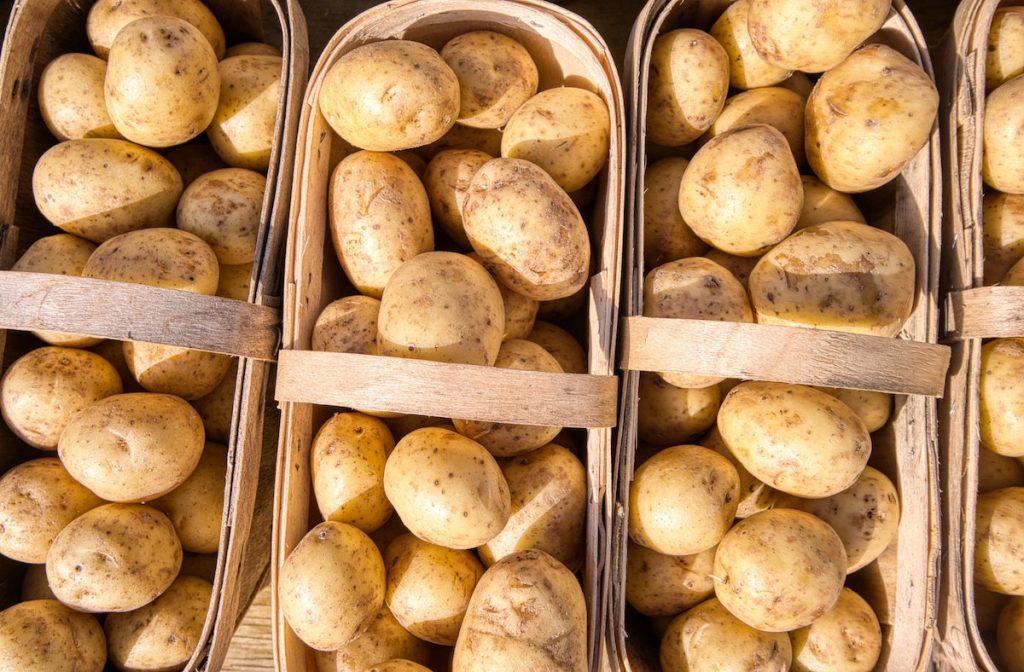
Although many varieties of potatoes may have some yellowish hue in their flesh, but the most yellow of of them all, is Yukon gold potatoes. The variety was created by the people of Ontario, Canada, in the 60s, and is distinguished by its smooth, thin and clear skin, and its the yellow hue of its flesh. The potato is rich in potassium and vitamin C and can be used for all potatoes, including the best potato mash and roast potatoes.
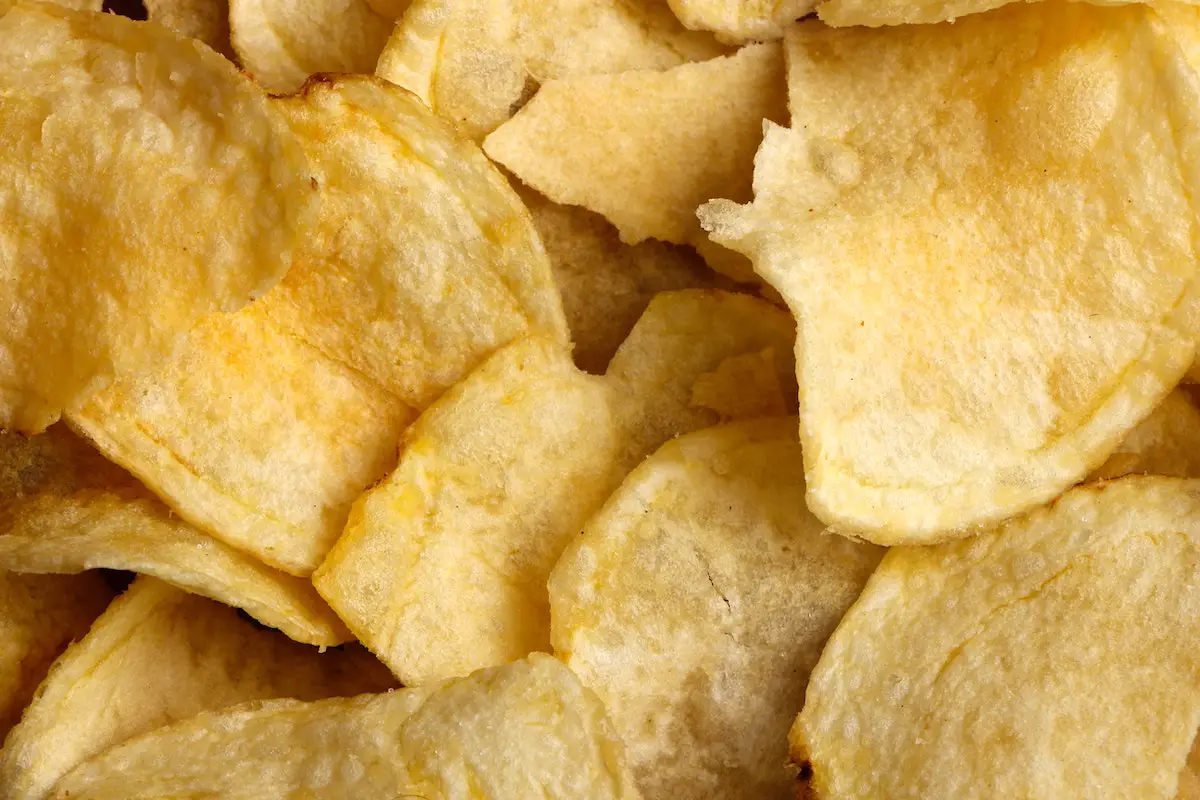
The yellow color of chips can come from various sources, such as natural ingredients like corn, turmeric, or artificial food coloring.
You will find that chips can range in shade from pale yellow to a bright, vibrant yellow and are often a popular choice for snacks and party foods.
Whether you prefer classic yellow tortilla chips or the bold and cheesy flavor of yellow potato chips, yellow adds a fun and appetizing element to this popular snack food.
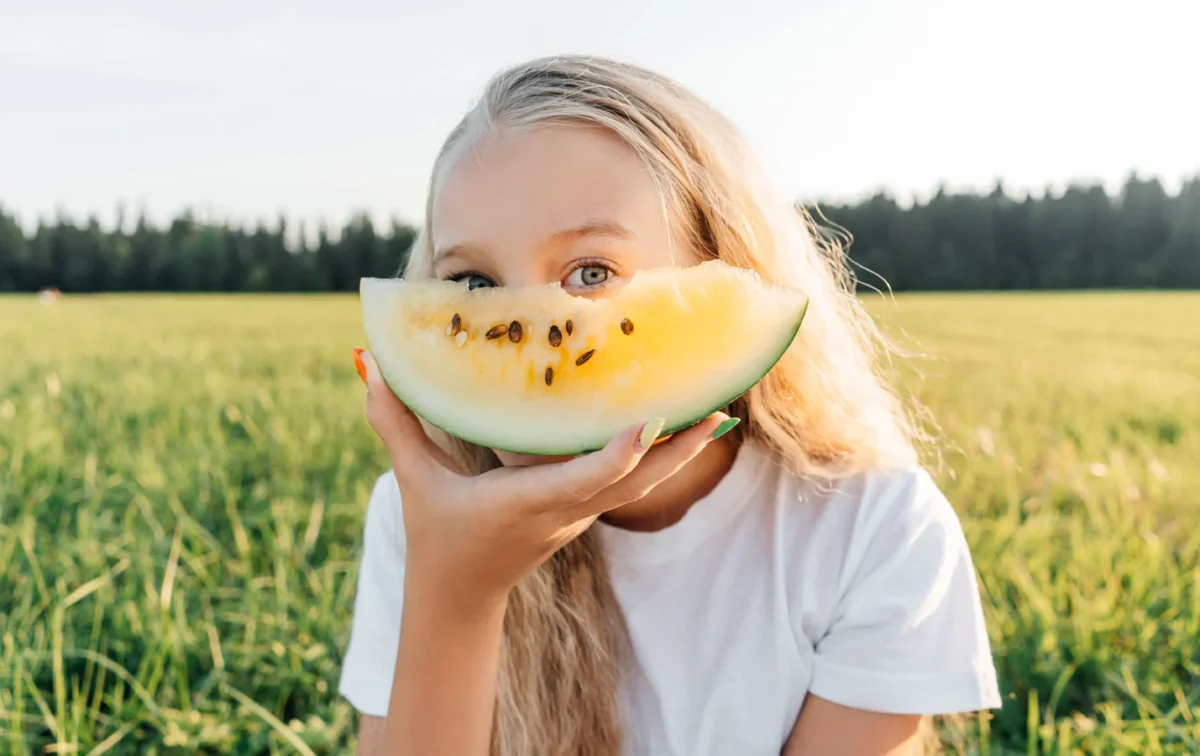
Yellow watermelon is a type of watermelon with a pale yellow or light greenish-yellow flesh. Unlike traditional red watermelon, yellow watermelon has a sweeter and more mild flavor. The color of yellow watermelon comes from the carotenoid pigment lycopene, which gives it its yellow hue.
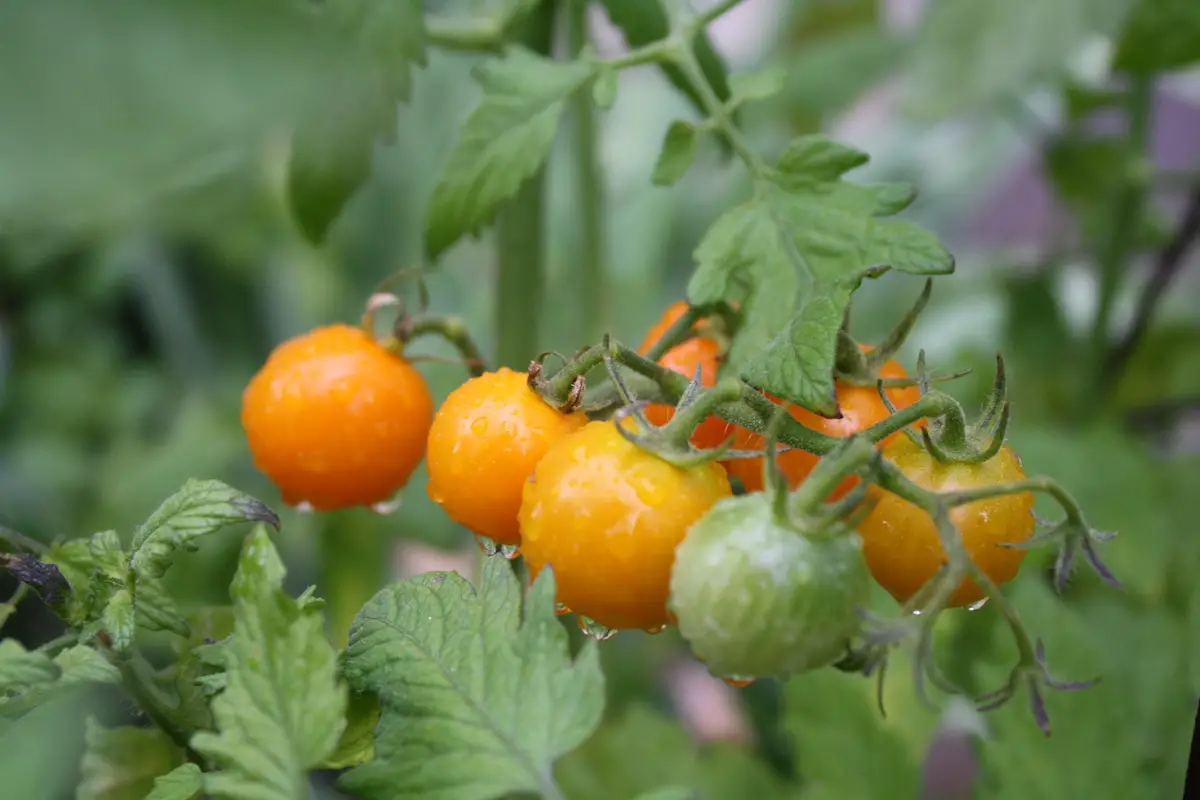
Yellow tomatoes are a type of tomato that has a yellow or golden color instead of the traditional red.
They have a sweet and tangy flavor and are often used in salads or garnish.
The color of yellow tomatoes comes from carotenoids, which are natural pigments found in many fruits and vegetables.
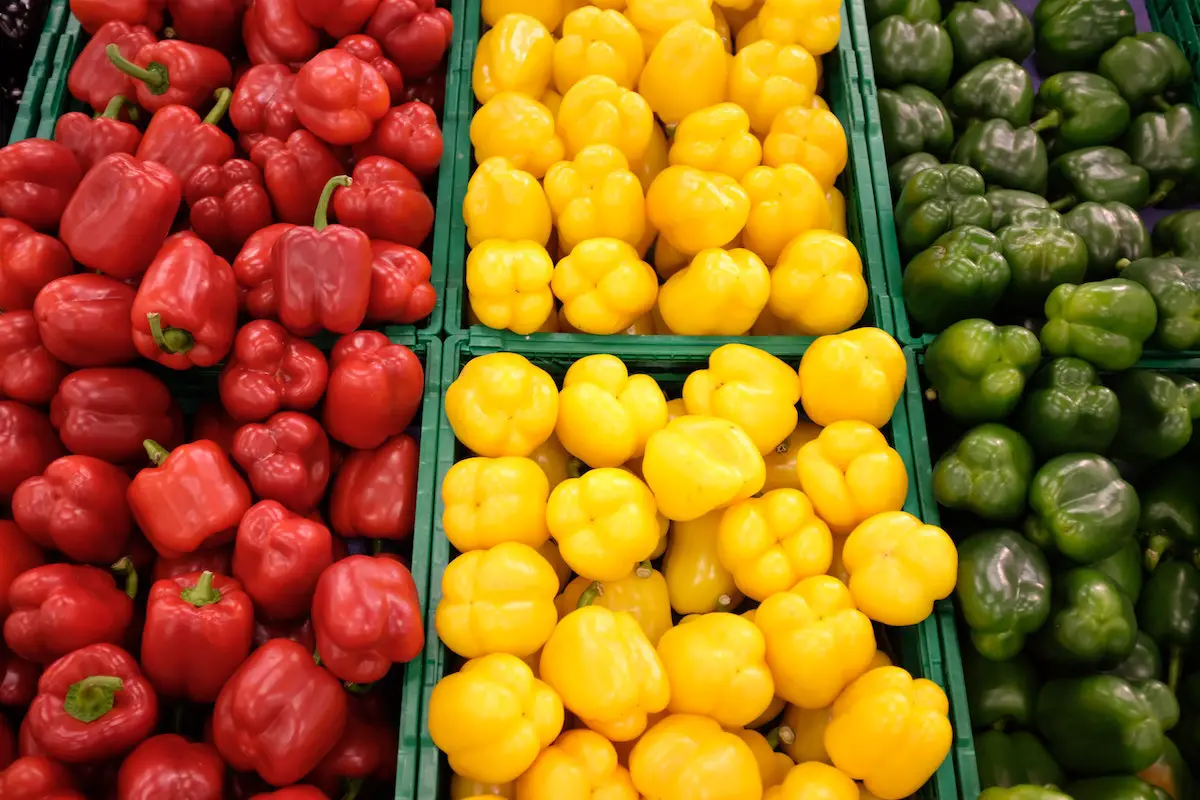
Yellow bell peppers are a type of pepper that have a bright yellow color and a slightly sweet taste. They are often used in salads, stir-fries, and other dishes for their vibrant color and mild flavor. The yellow color of bell peppers comes from the presence of carotenoids, which are natural pigments found in many fruits and vegetables.
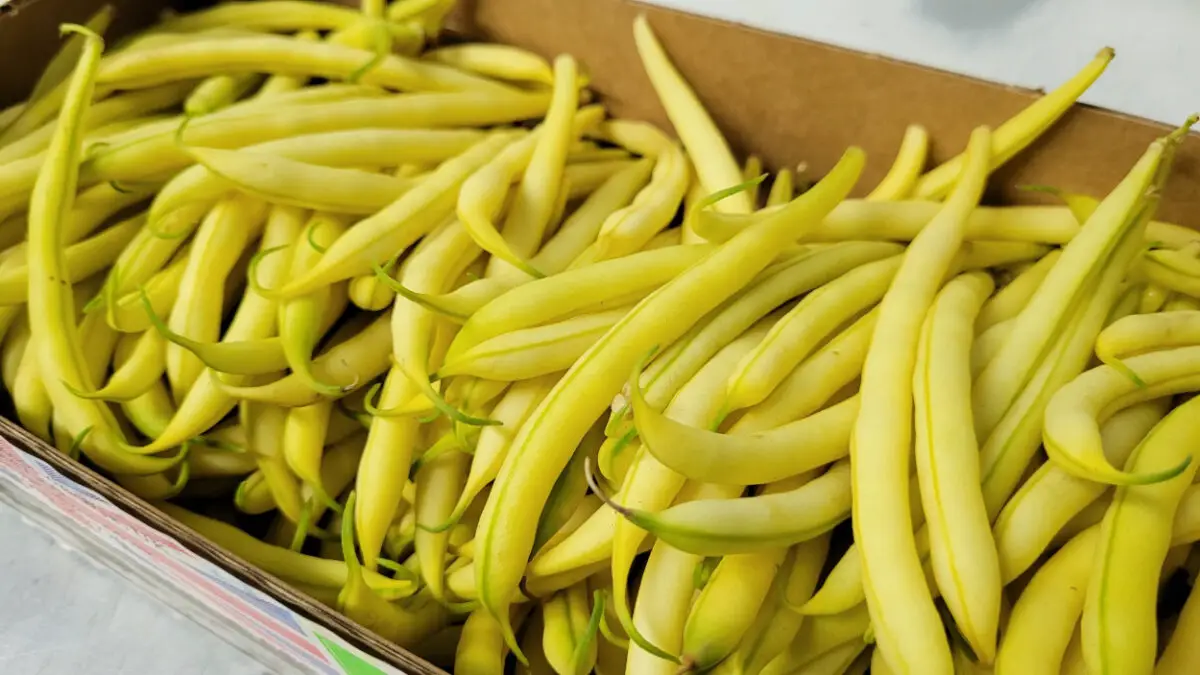
Yellow beans are a type of bean that has a bright yellow color and a mild, slightly sweet taste.
They are a good source of protein, fiber, and several essential nutrients.
Yellow beans are often used in salads, stir-fries, and casseroles and can be eaten raw or cooked.
Yellow wax beans are similar to the ones before; the only massive difference is a waxy exterior. They have a pale yellow color and a mild, slightly sweet taste.
They are similar to yellow beans in taste and nutritional content but have slightly different textures. Yellow wax beans are often used in salads, stir-fries, and other dishes.
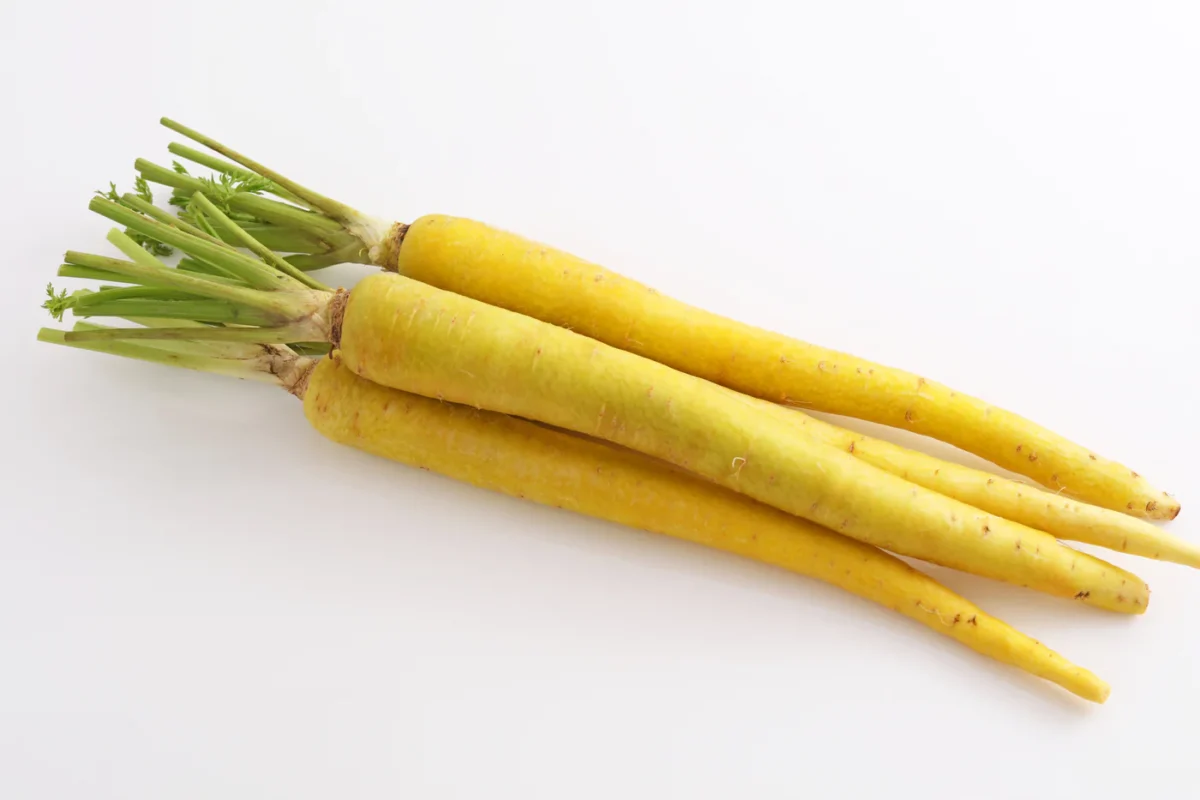
Yellow carrots are a type of carrot with a bright yellow color instead of the traditional orange. You will find they are difficult to source and most organic farmers grow them.
They taste slightly sweeter than orange carrots and are often used in salads, stir-fries, and other dishes.
The yellow color of carrots comes from the presence of carotenoids, which are natural pigments found in many fruits and vegetables.
Yellow beets are a type of beet that have a bright yellow color and a slightly sweeter taste than traditional red beets. They are often used in salads, roasted, or pickled. The yellow color of beets comes from the presence of betaxanthin pigments.
Yellow lentils are a type of lentil that have a bright yellow color and a slightly sweet taste. They are often used in soups, stews, and curries, and are a good source of protein, fiber, and several essential nutrients.
Yellow mung beans are a type of bean that have a bright yellow color and a slightly sweet taste. They are often used in Asian cuisine, and are a good source of protein, fiber, and several essential nutrients.
Yellow split peas are a type of pea that have a bright yellow color and a mild, slightly sweet taste. They are often used in soups, stews, and curries, and are a good source of protein, fiber, and several essential nutrients.
Yellow squash blossoms are the edible flowers of the yellow squash plant. They have a bright yellow color and a mild, slightly sweet taste. They are often stuffed with cheese or other fillings and then fried or baked.
Yellow onions are a type of onion that have a yellow or golden color and a slightly sweet taste. They are often used in cooking and are a staple ingredient in many dishes, including soups, stews, and stir-fries.
Yellow currants are a small, tart berry that grows in clusters on a bush. They are a variety of currant with a bright, golden-yellow color when ripe. Yellow currants are high in vitamin C and antioxidants, making them a healthy addition to your diet. They have a sweet-tart flavor that works well in jams, sauces, and baked goods.
Yellow cherries, also known as Rainier cherries, are a type of sweet cherry with a pale yellow to pinkish-yellow color when ripe. They have a delicate, juicy flesh with a sweet, slightly tart flavor. Yellow cherries are lower in acidity than other cherry varieties, making them a popular choice for eating fresh. They can also be used in desserts, jams, and other recipes.
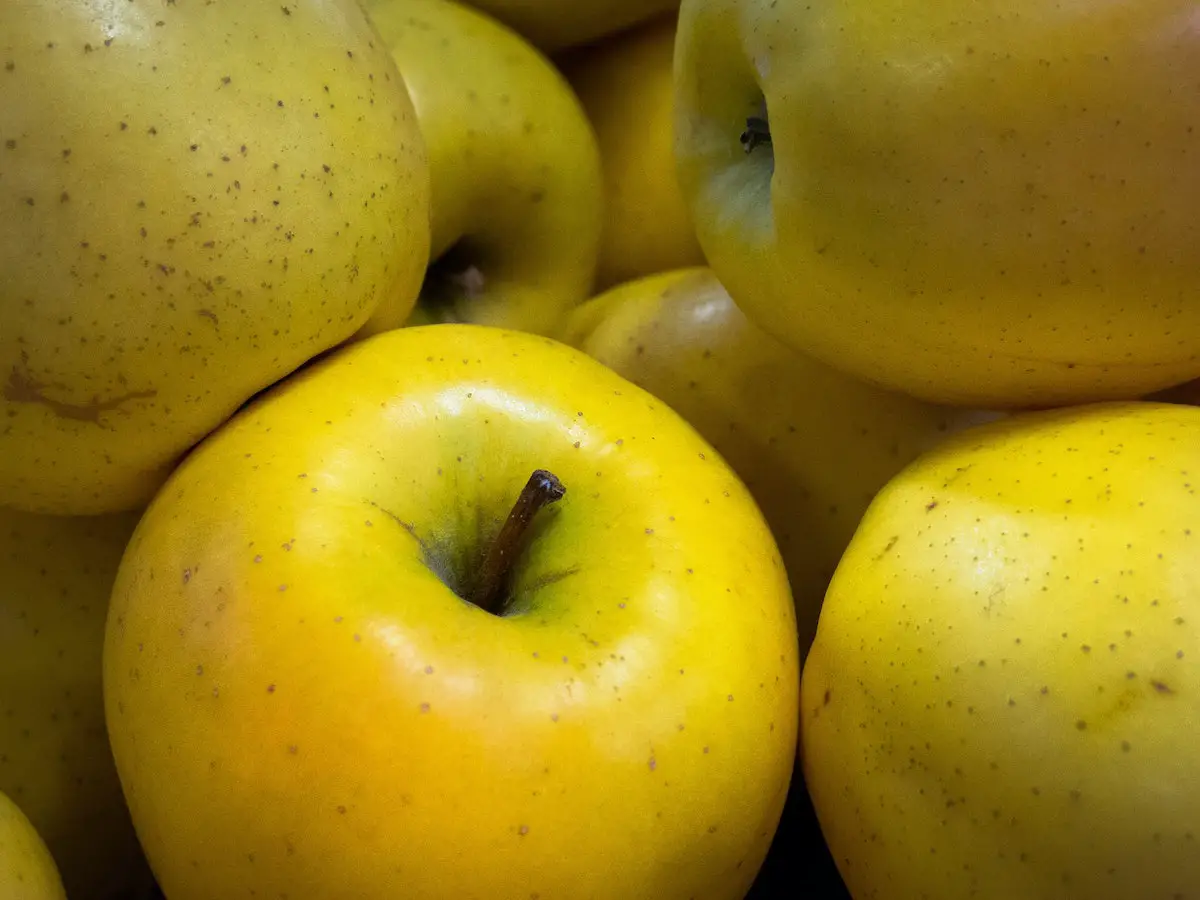
Golden Delicious apples are a popular variety of yellow apple. They have a bright, golden-yellow skin with a mild, sweet flavor and firm, juicy flesh. Golden Delicious apples are great for eating fresh, as well as for baking and cooking. They hold their shape well when cooked and their sweetness pairs well with savory flavors, making them a versatile ingredient in many recipes.
Yellow food colors come due to the natural pigments they possess. The two most popular kinds of carotenoids are those that provide an intense yellow or orange hue; and anthocyanins which produce a pale yellow hue.
Carotenoids are the reason for the deep yellow color that comes from the molecule crocin in saffron, and curcumin in turmeric. These compounds possess antioxidant properties that safeguard plants and provide health benefits when we eat our meals.
Natural food coloring that is derived from plant pigments is often substituted in processed and commercial foods by synthetic colorings. However, the appeal of natural colorants that our ancestors used for centuries is returning, especially for foods with yellow hues.
The food coloring that is synthetically yellow Tartrazine (also called Yellow 5) has been associated with attention problems for children who consume a lot of it in their diets, meaning that conscious manufacturers are opting to use natural yellow coloring instead.
Introducing yellow foods into your diet is an easy way to add a pop of color and a range of health benefits to your meals.
From sweet fruits like mango and pineapple to savory vegetables like yellow peppers and squash, there are so many delicious options to choose from.
Whether you’re looking to boost your immune system, improve your vision, or simply add some brightness to your plate, these 30 yellow foods are a great place to start.
So go ahead, get creative in the kitchen, and make your meals pop with color!
Leave a comment